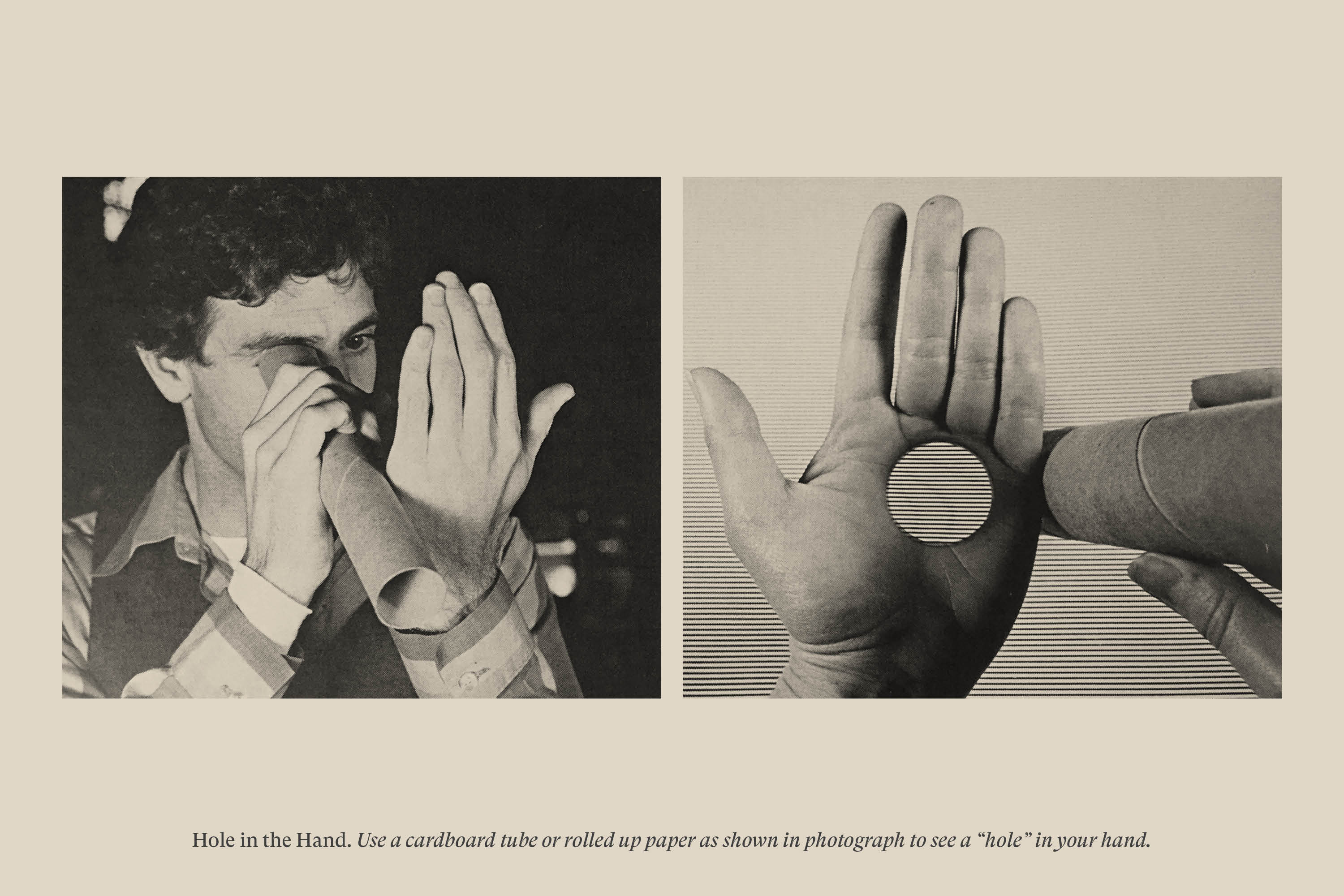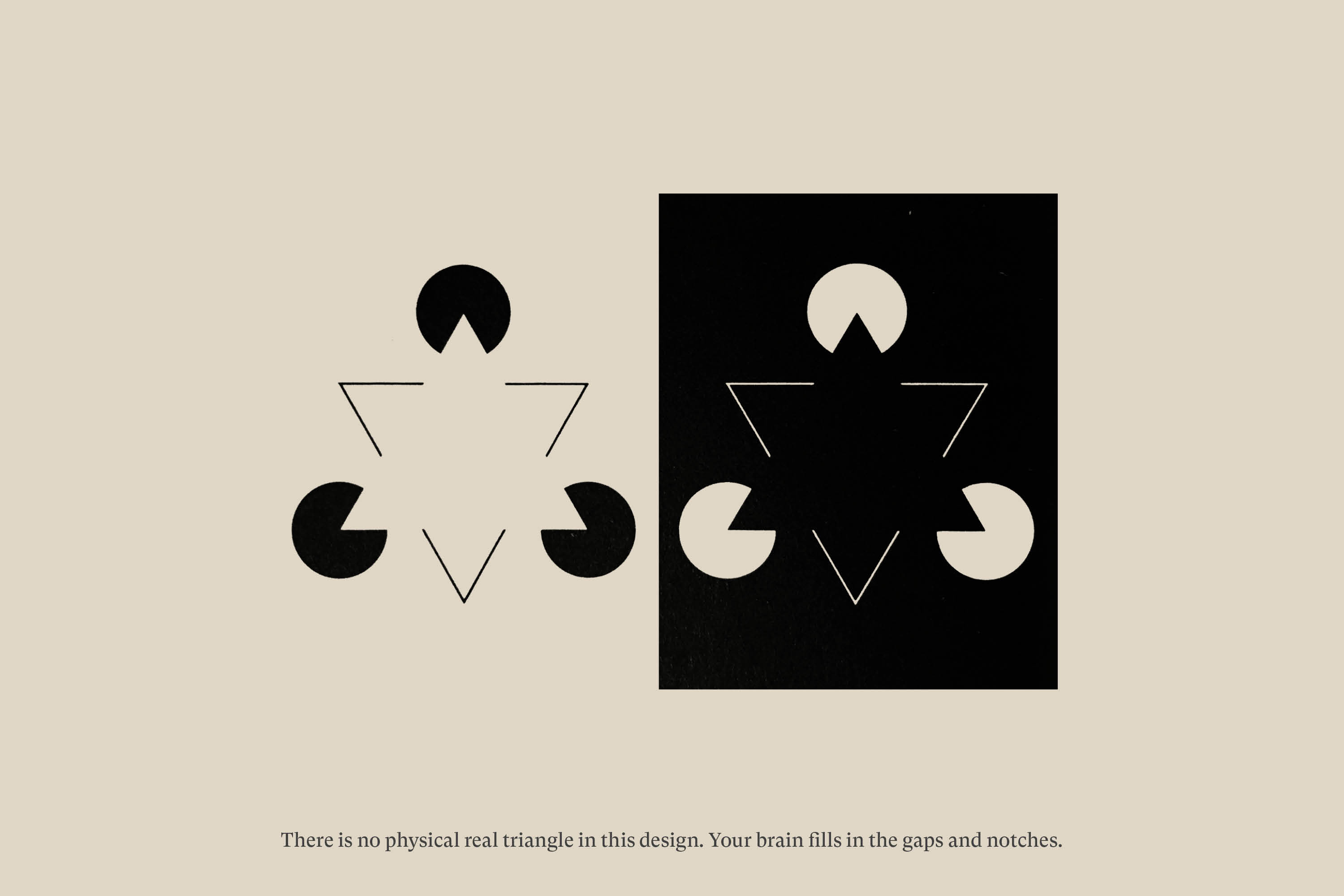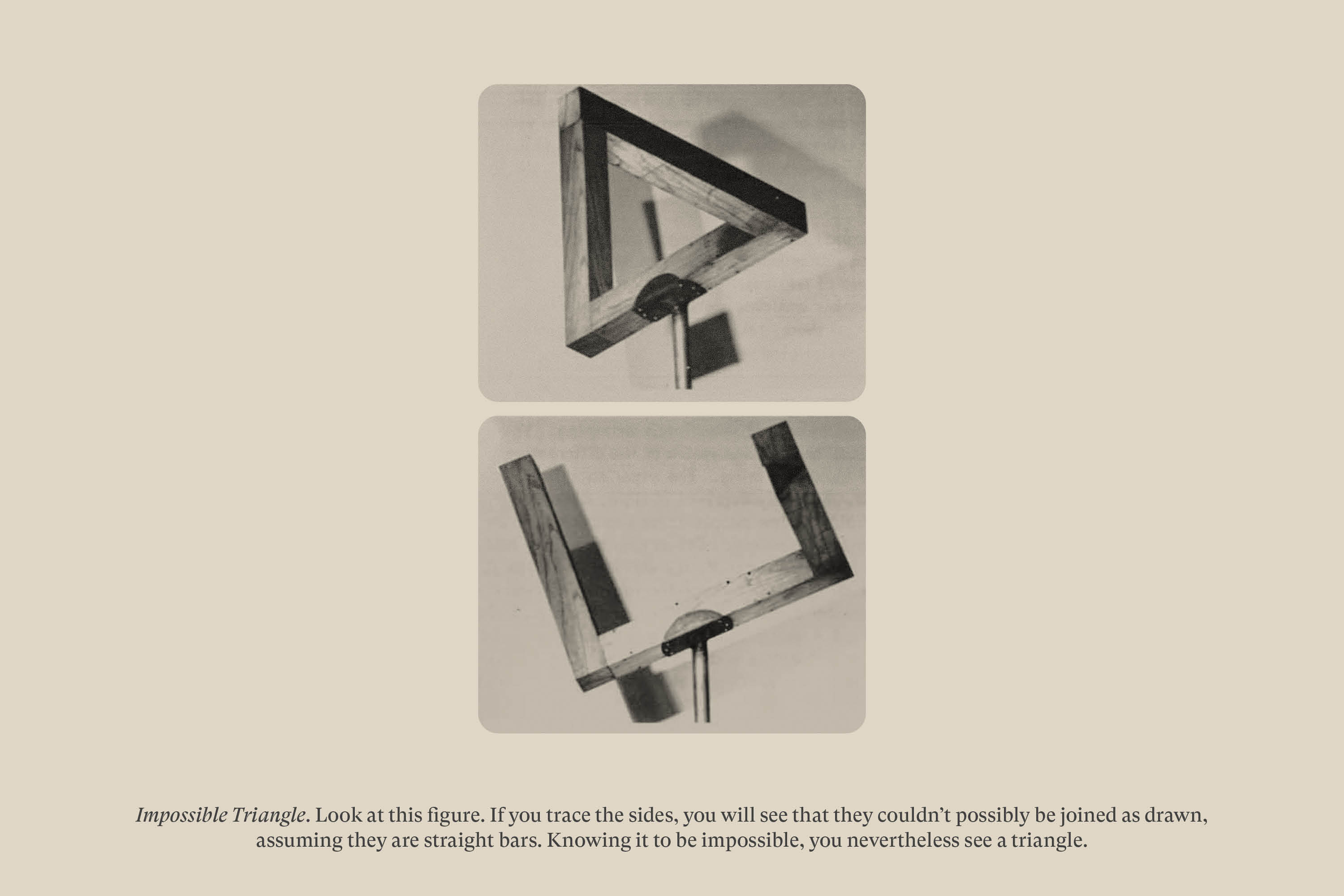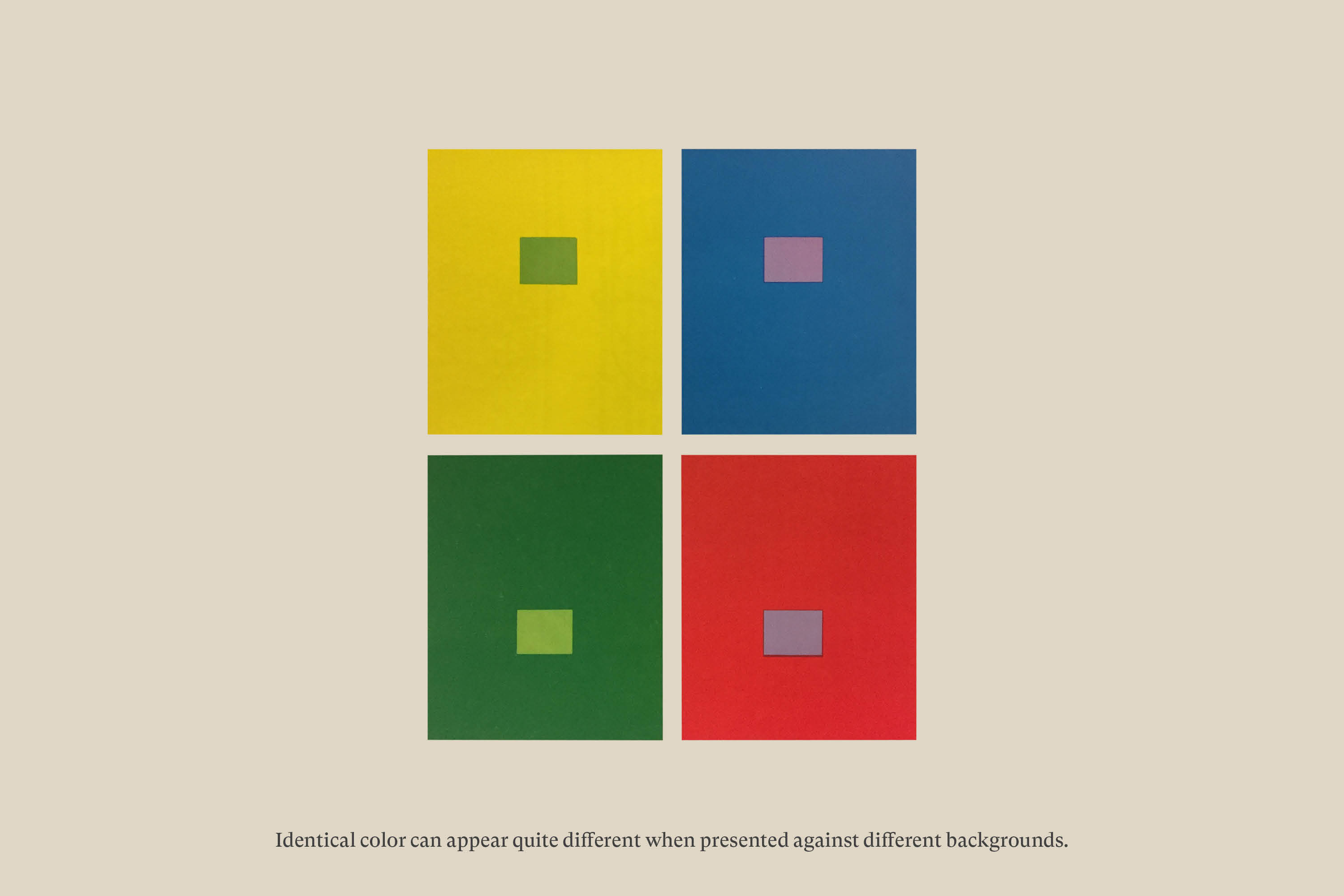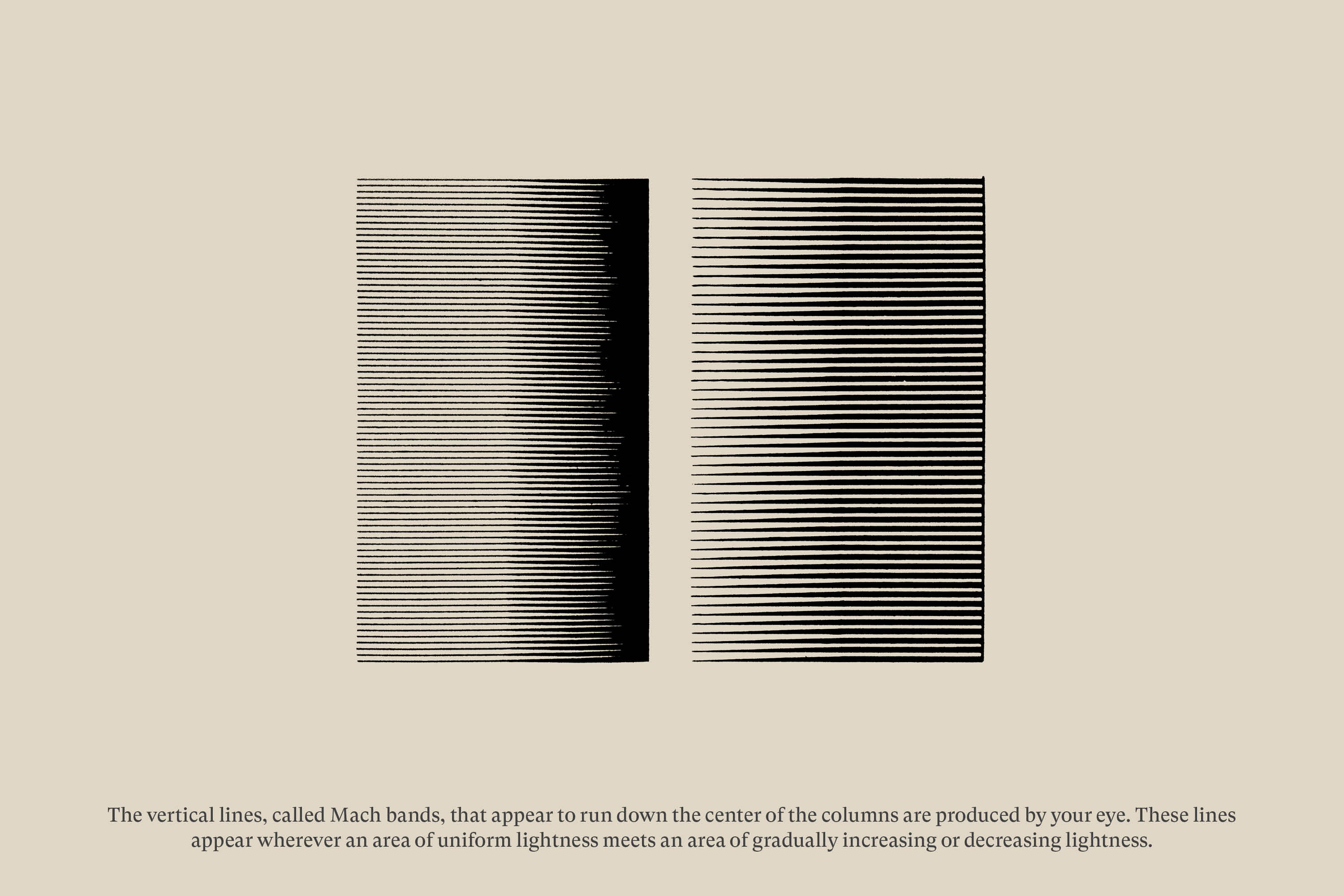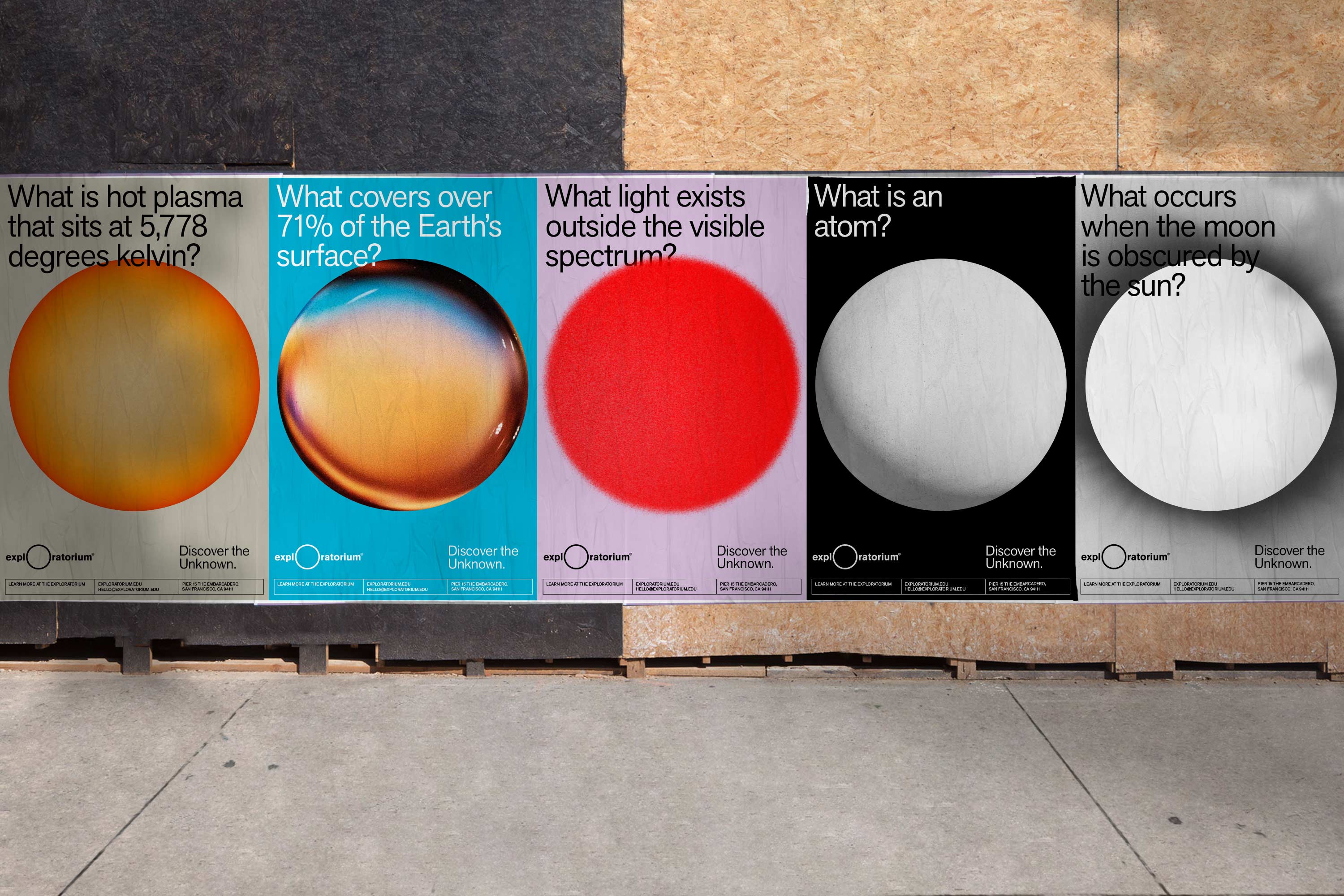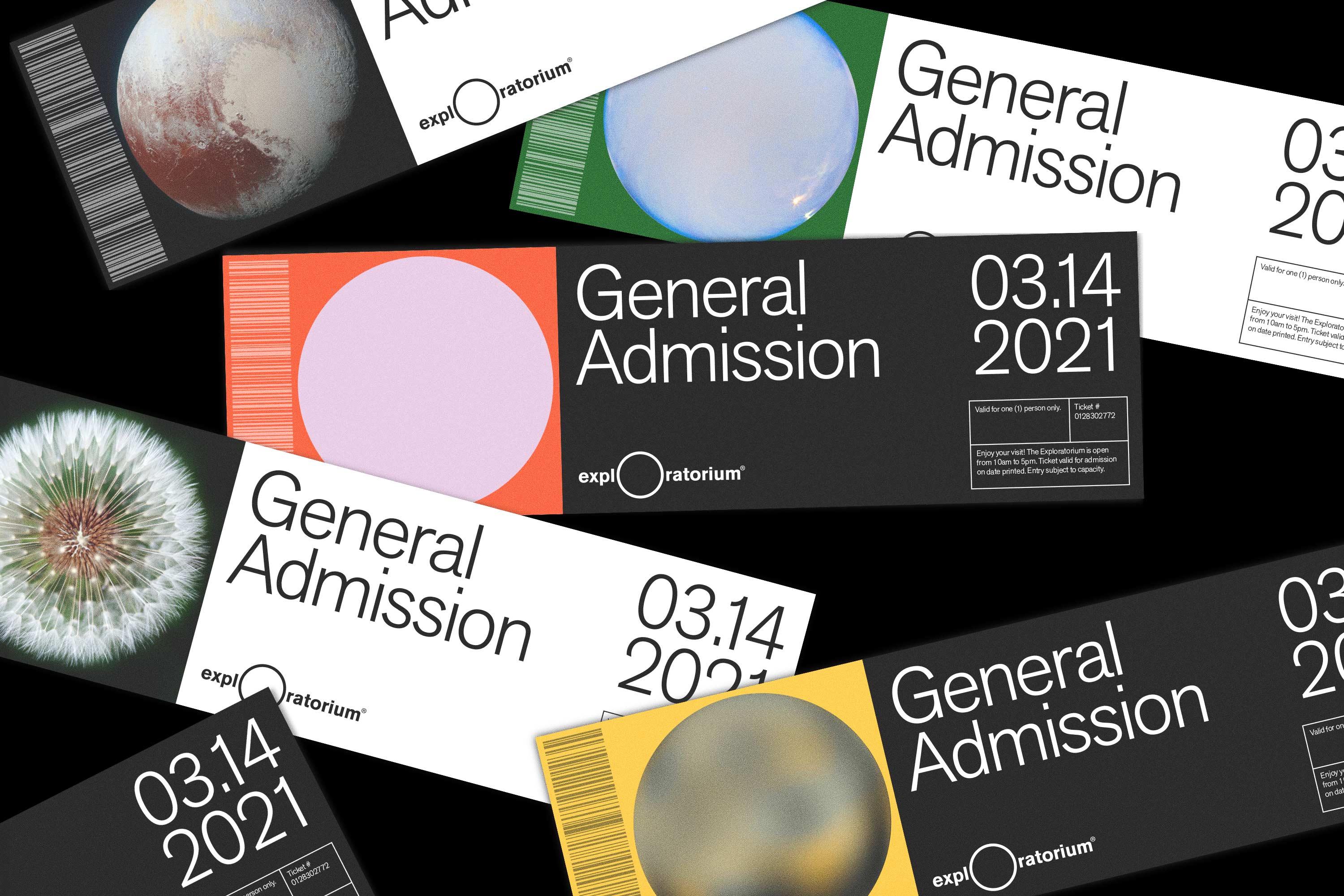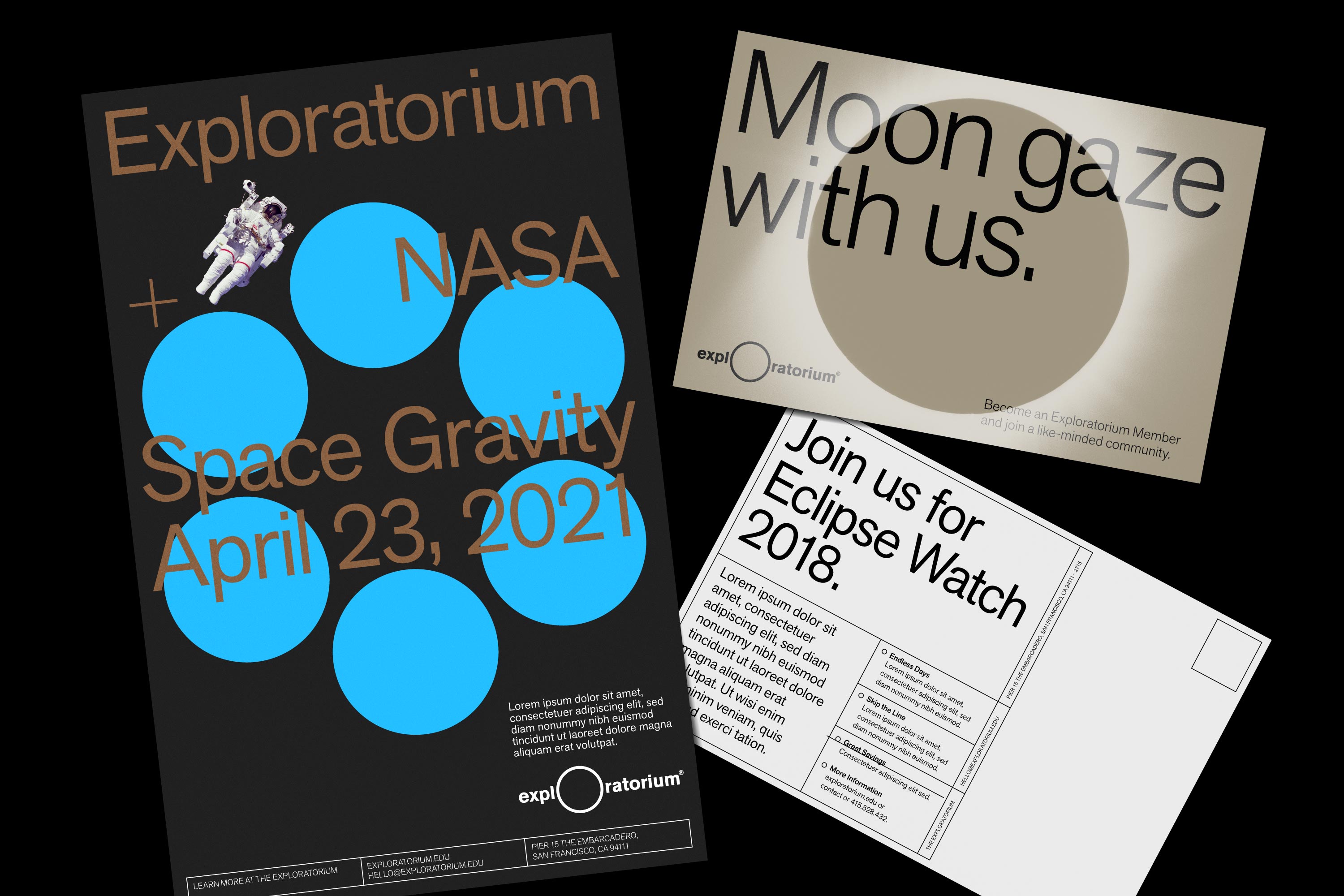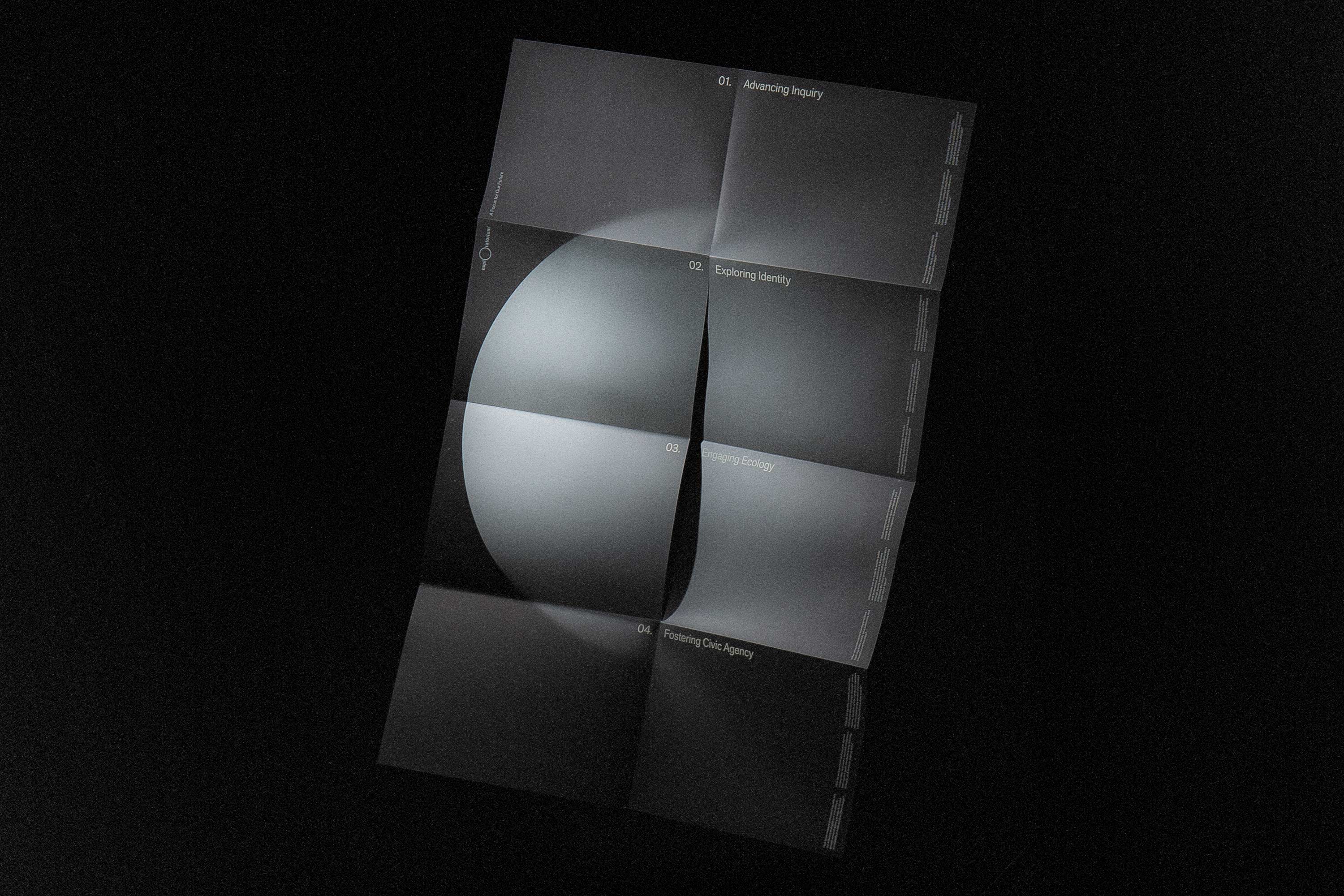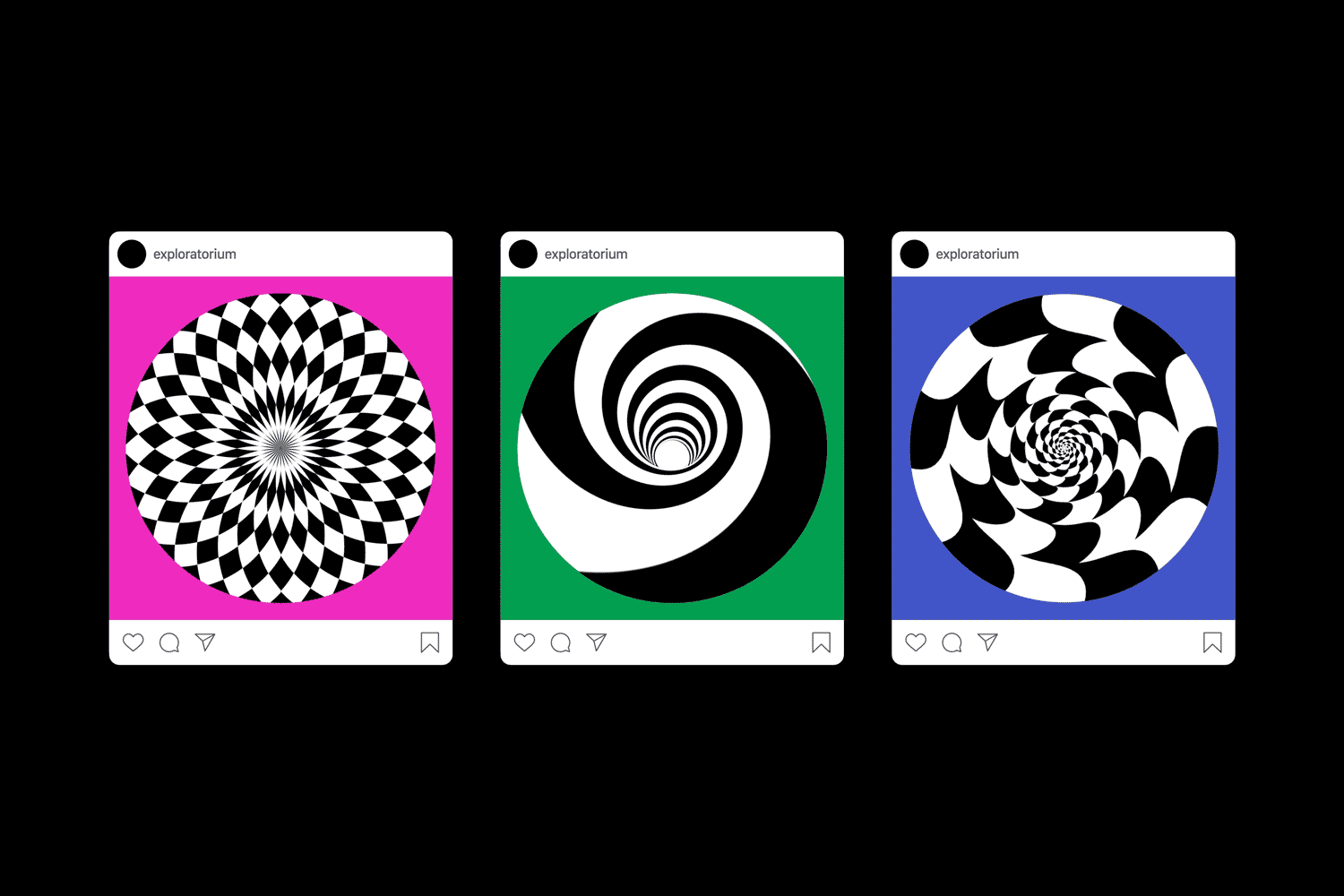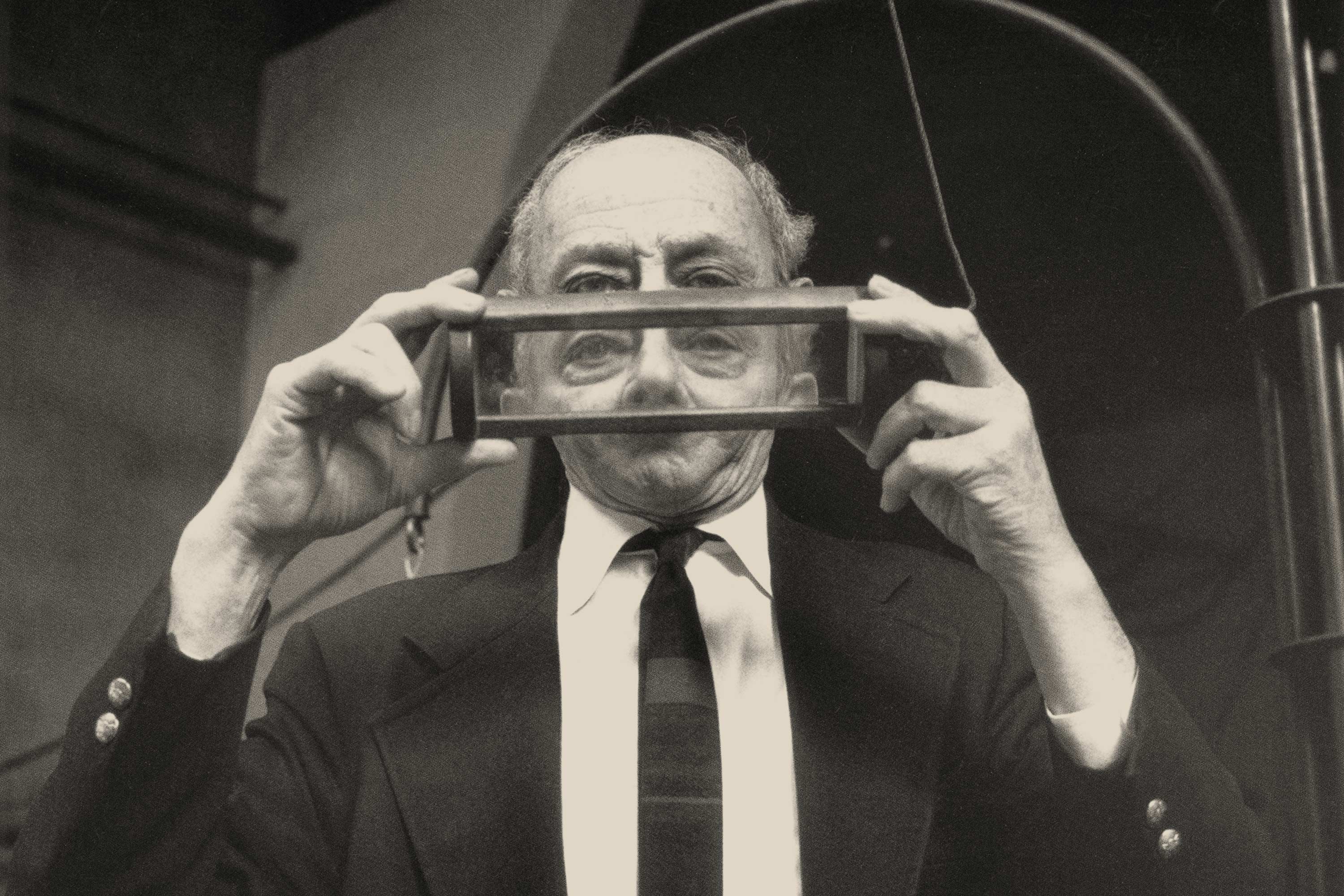
In 1969 the iconoclastic physicist Frank Oppenheimer opened the doors to what would become his life’s most profound work—a mission “to create inquiry-based experiences that allow visitors to explore the worlds of science, art, and human perception.”
He called it the Exploratorium.
Founded in San Francisco during an era of social unrest and cultural revolution, the Exploratorium was—and remains—committed to challenging the status quo in service of its mission. Bucking the norms of traditional, rote science education, the Exploratorium is edgy, unpretentious, and downright delightful, promoting critical thought through the sheer joy of multi-sensory wonder and hands-on experimentation. It was DIY before DIY was a thing. It is science done the San Francisco way.
“Scientists and artists are the world’s noticers. Their job is simply to notice what other people cannot.” — Frank Oppenheimer
Today, over 400 science museums in 43 countries have been established after the example of the Exploratorium. But to call the Exploratorium merely a “museum” is selling them short.
For the last 50 years, the organization has offered up an alternative blueprint of science education for visitors, educators and global partners alike. They publish research papers, partner with agencies like NASA, and through their professional development programs for educators, they’ve influenced at least 200,000 teachers worldwide. (You can read more about their incredible collaborations, here.) In addition, in true Silicon Valley spirit, the organization was one of the first to leverage the internet, providing free online access to anything from a live-stream of a solar eclipse to its Science Snacks video series (where, among other things, you can learn to make a fog chamber from home.
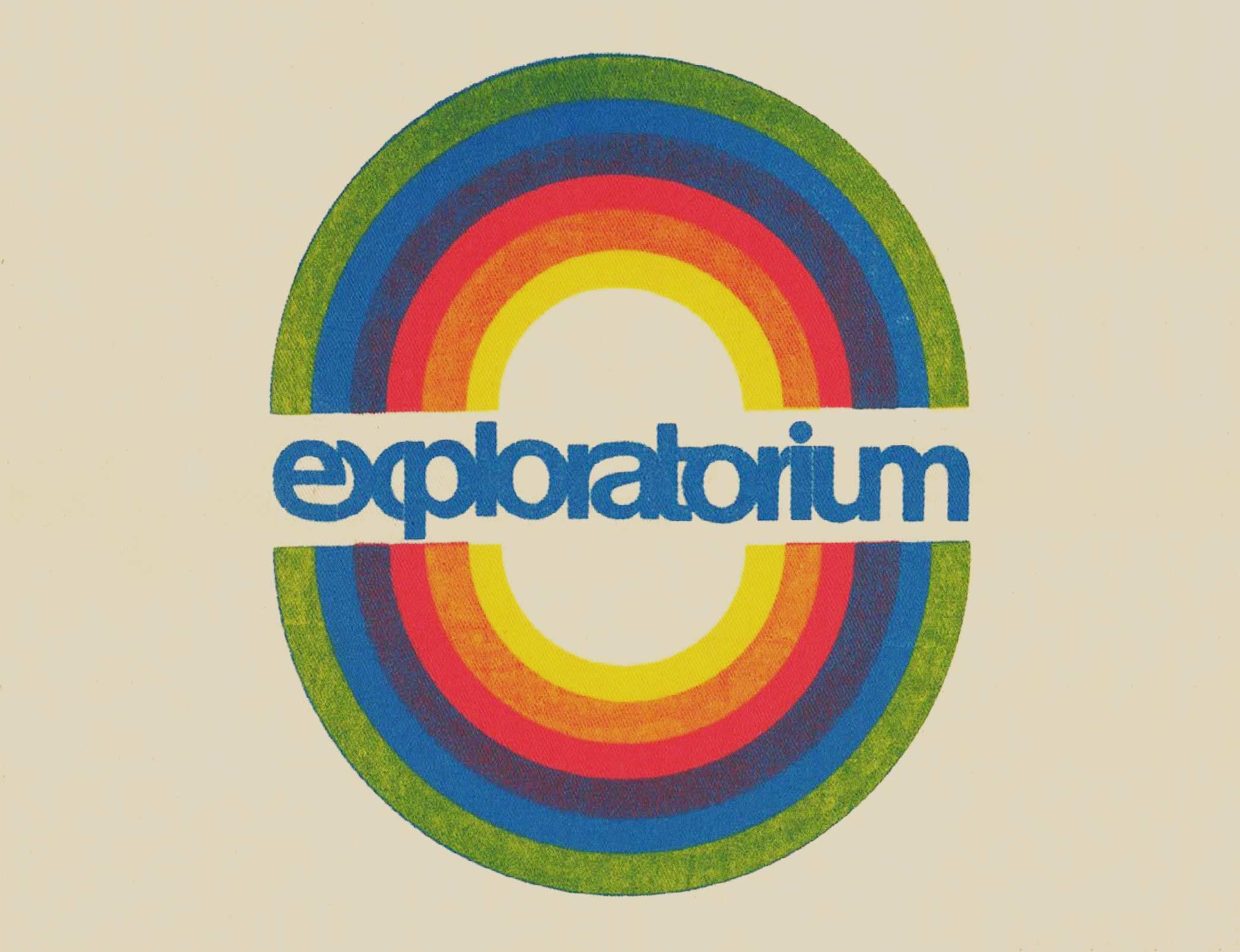
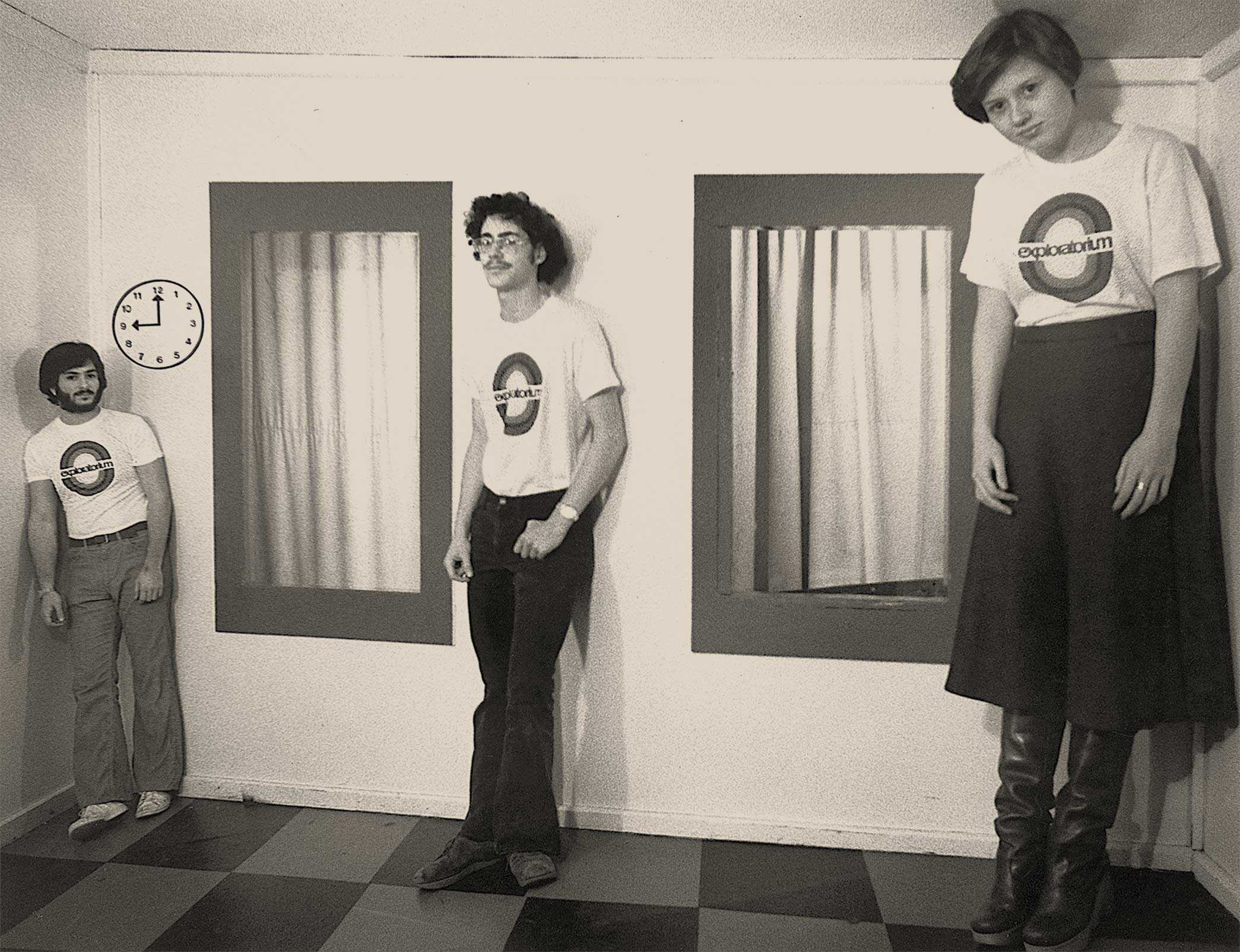
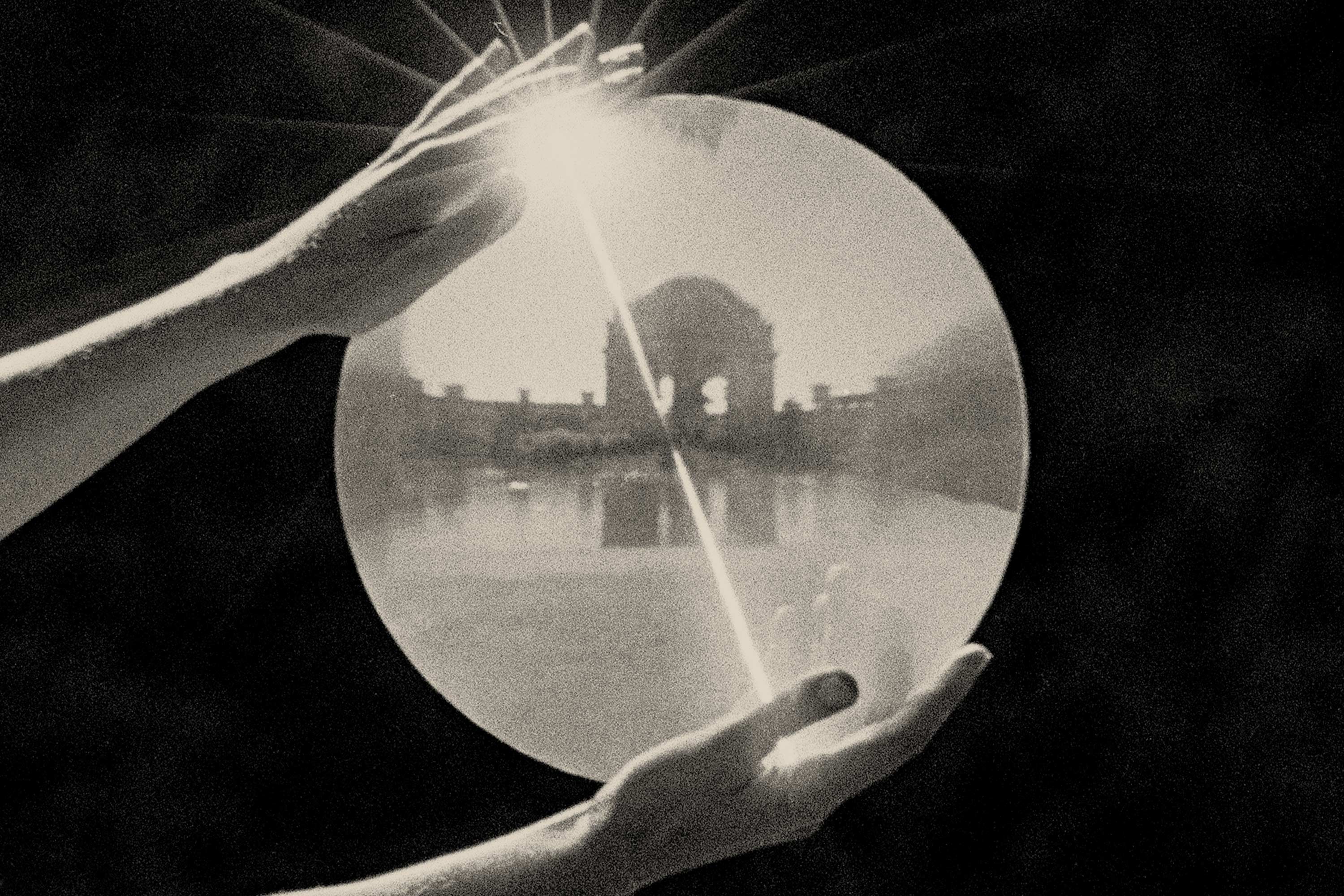
Such extraordinary efforts extended far beyond their museum walls, yet these diverse initiatives and their global impact were not obvious. Changing that story was vital for the future of this beloved San Francisco icon.
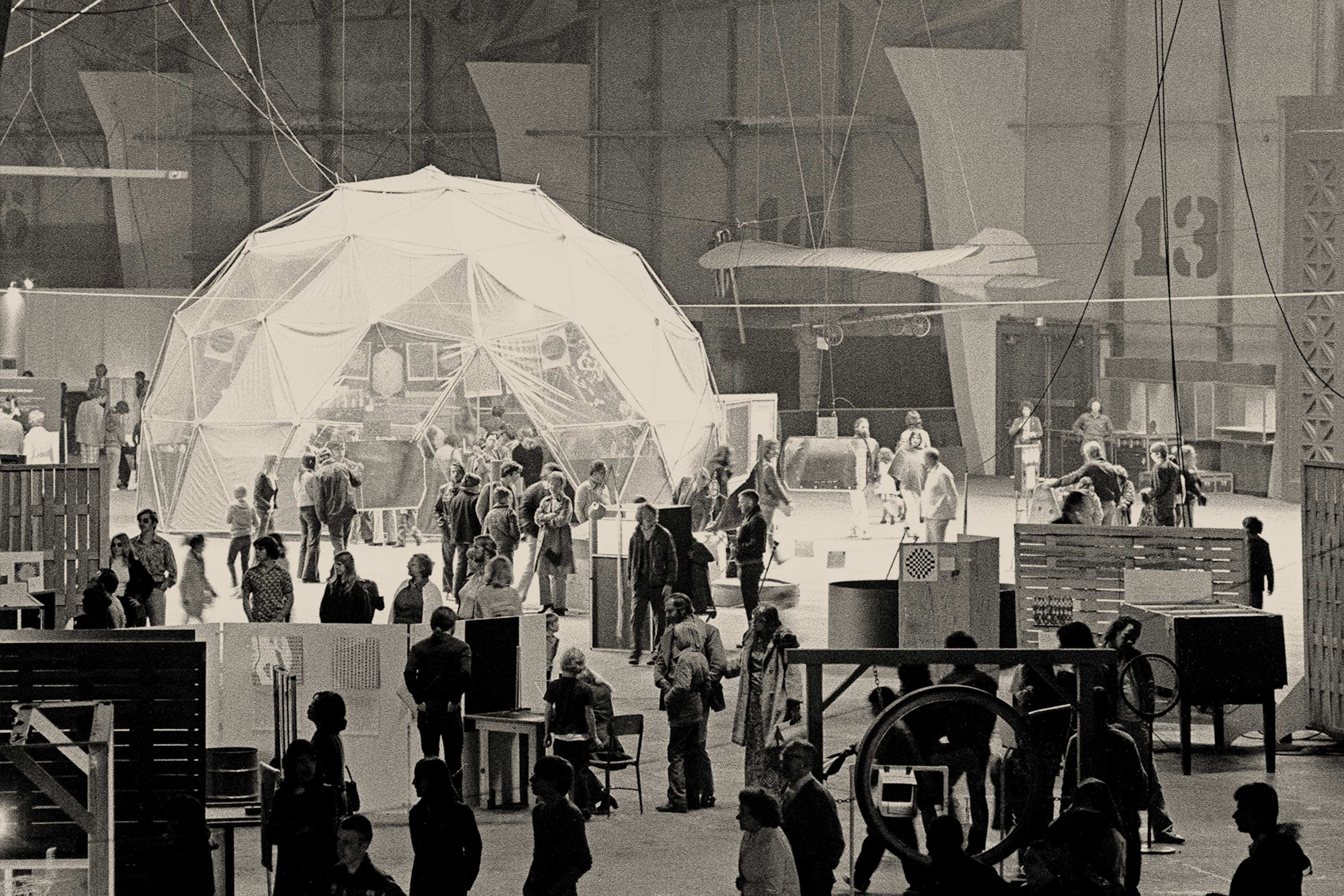
Over the last three years, our COLLINS San Francisco team partnered with the Exploratorium to evolve the brand—from its strategy, storytelling, visual expression, campaign artwork, and even its brand architecture—to communicate its unique ethos and expansive reach. Doing so, however, was not so straight-forward.
In this Case Story, we had the privilege to speak with Julie Nunn, Sr. Director of Marketing, and Lara McCormick, former Creative Director, on their partnership with COLLINS to clarify the organization’s unique offer and, in turn, build new bridges across internal teams to create swift, powerful organizational change.
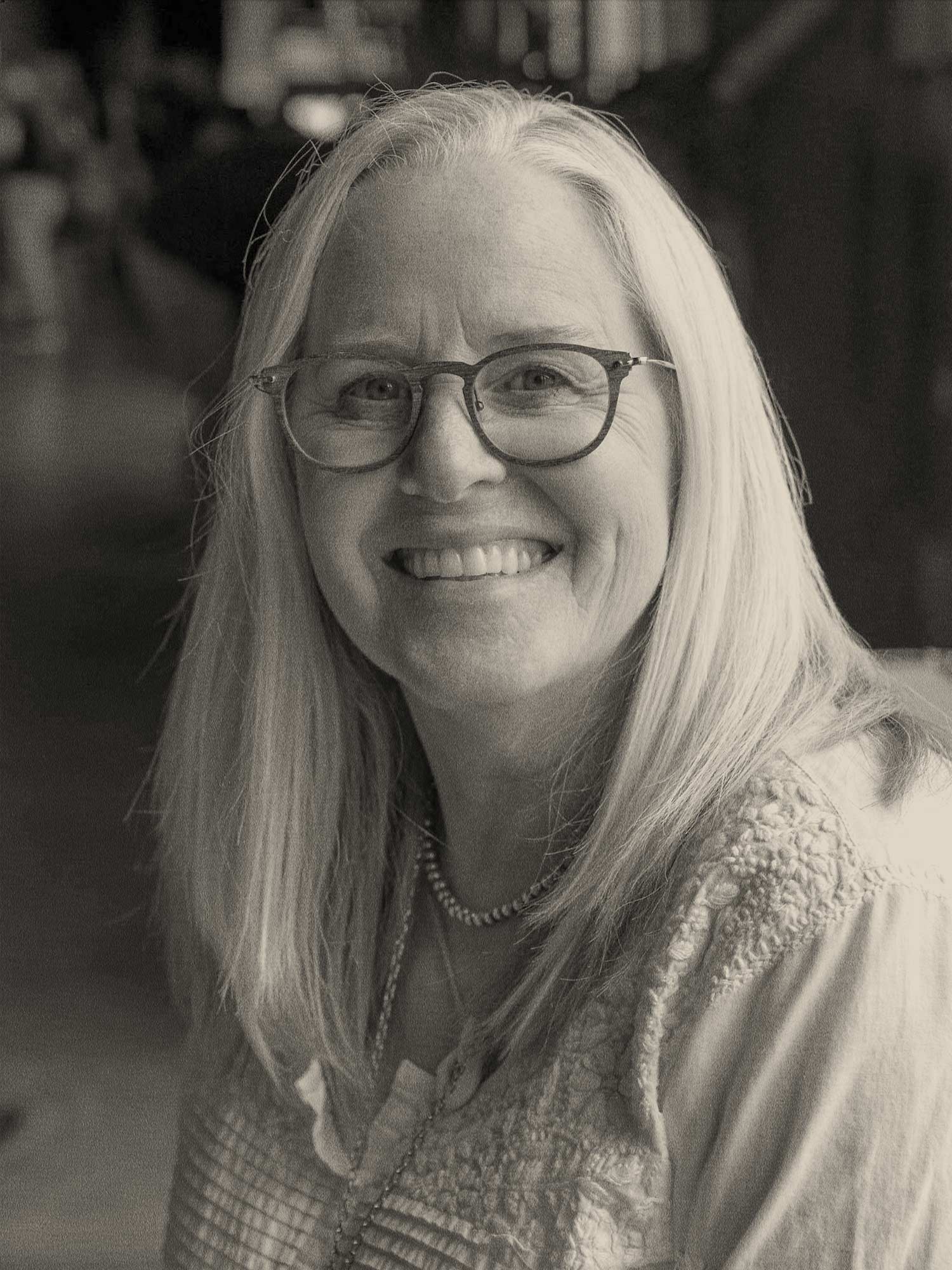
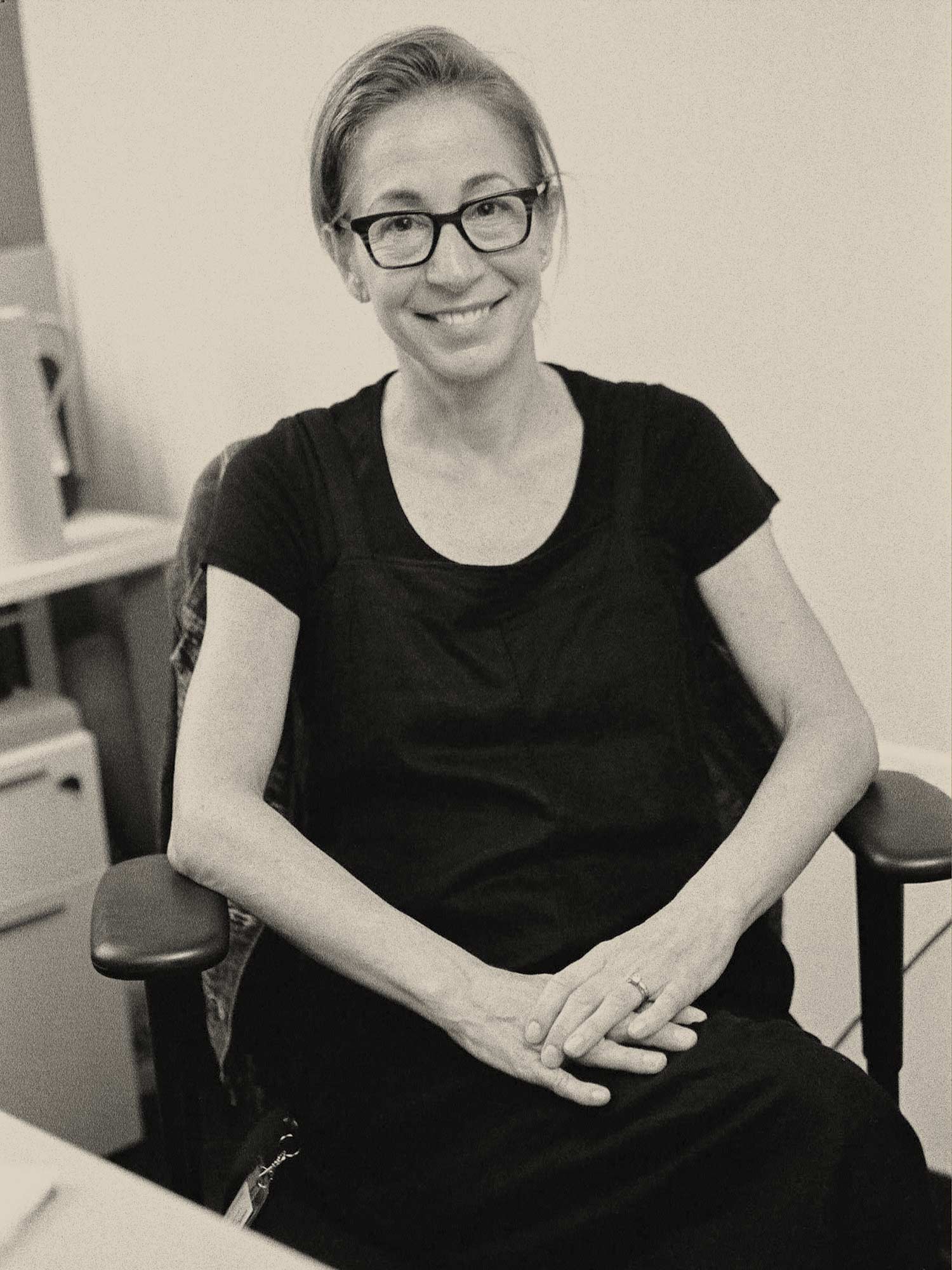
Something Wonderful Happens
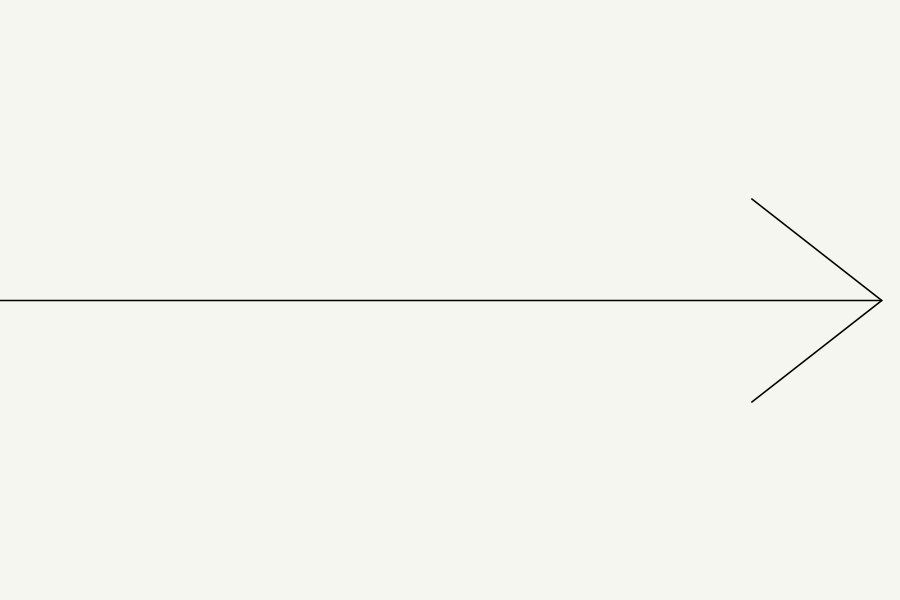
There are countless inspiring stories to tell about the Exploratorium. As Director of Marketing, it was Julie Nunn’s job to make sure those were getting out into the world.
But when Julie joined the Exploratorium team in 2011, she faced a complex decision-making hierarchy in the museum and a deep-seated cultural resistance to marketing.
As an organization of non-conformists, scientists, educators, hackers—and built during the golden age of advertising—it was no surprise that teams were both skeptical of advertising and viewed it as synonymous with marketing. Advertising and Marketing—the labels—had become barriers to the common goal of advancing the organization’s storytelling.
“Marketing had never, ever been a focus in the museum. … If anything, it has been an anti-marketing place.”
Changing beliefs and processes is challenging; old habits and legacy methods become the default. Carving a new path to the future requires a new mindset, and with it, new behaviors.
To start: Julie leaned into the cultural legacy of the institution by organizing a cross-disciplinary team which included leaders across exhibitions, marketing, and programming to participate in evolving the brand. This mode of collaboration is a lasting expression of the (then) unorthodox—yet now championed—approach to innovation ingrained since the institution’s inception.
She also knew that evolving an organization’s brand is a significant undertaking; requiring both clarity and prioritization of business objectives in addition to large-scale organizational coordination, socialization and alignment. Rather than diving head-first into a rebrand for a 50-year-old organization, Julie wisely decided to start small with the development of a sub-brand initiative—leveraging it as an opportunity to build trust across internal Exploratorium teams and with us as their new agency-on-record.
Through this, we were able to steep ourselves in the Exploratorium’s culture and collaborative style in a manner that would better set us up for success in larger, long-term ambitions.
Our partnership began with the launch of a new, premium product offer: a membership program for the Exploratorium’s weekly adults-only event series, After Dark. A beloved date-night activity known for its wild programming, After Dark was one of the first of its kind to turn a museum into a popular social spot for adults of all ages.
Julie hoped that this new offer could accomplish two things: first, create a new stream of revenue generation, and secondly, combat the misperception that the Exploratorium was “just for kids.” To get there, it required a revamp of the After Dark identity, storytelling, and visual language as well the systematization of assets for evergreen campaigns to be executed internally like a kit-of-parts.
After digging into the organization’s archives, joining behind-the-scenes tours, interviewing Exploratorium team members, and experiencing exhibits and After Dark first-hand, we realized how truly special the Exploratorium was. Our design solution for After Dark drew on mind-bending optical illusions throughout the museum inherent in its DNA. You couldn’t stop asking, is this real? What am I seeing?
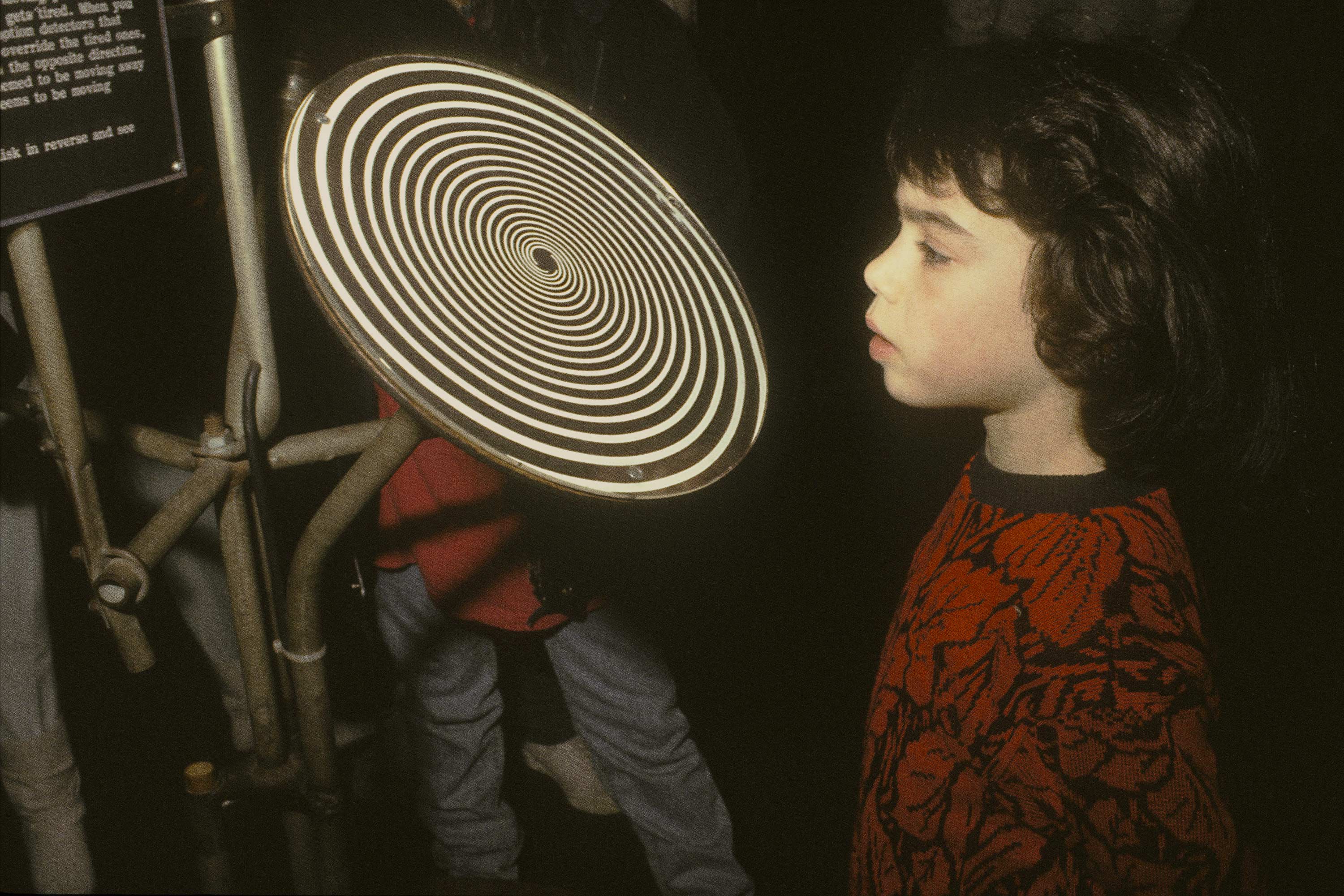
Such provocations struck at the core of the Exploratorium’s mission — to inspire inquiry and critical thinking. By leveraging such consciousness-expanding graphics, the team and museum leadership felt that the creative solution we proposed reflected the spirit of the Exploratorium in a way they had not seen since the 1970s.
“After Dark was something where everybody saw the value and got on board, because it was so on-point,” Lara said. “It was such a good fit in terms of the idea, the optics, black-and-white, that the whole organization loved it.”
The results showed: After Dark has since become a museum staple and membership sign-ups exceeded expectations.
👥 Attendance increased 6.4%.
💰 Revenue increased 8.5%
📈 Membership goals hit 130%
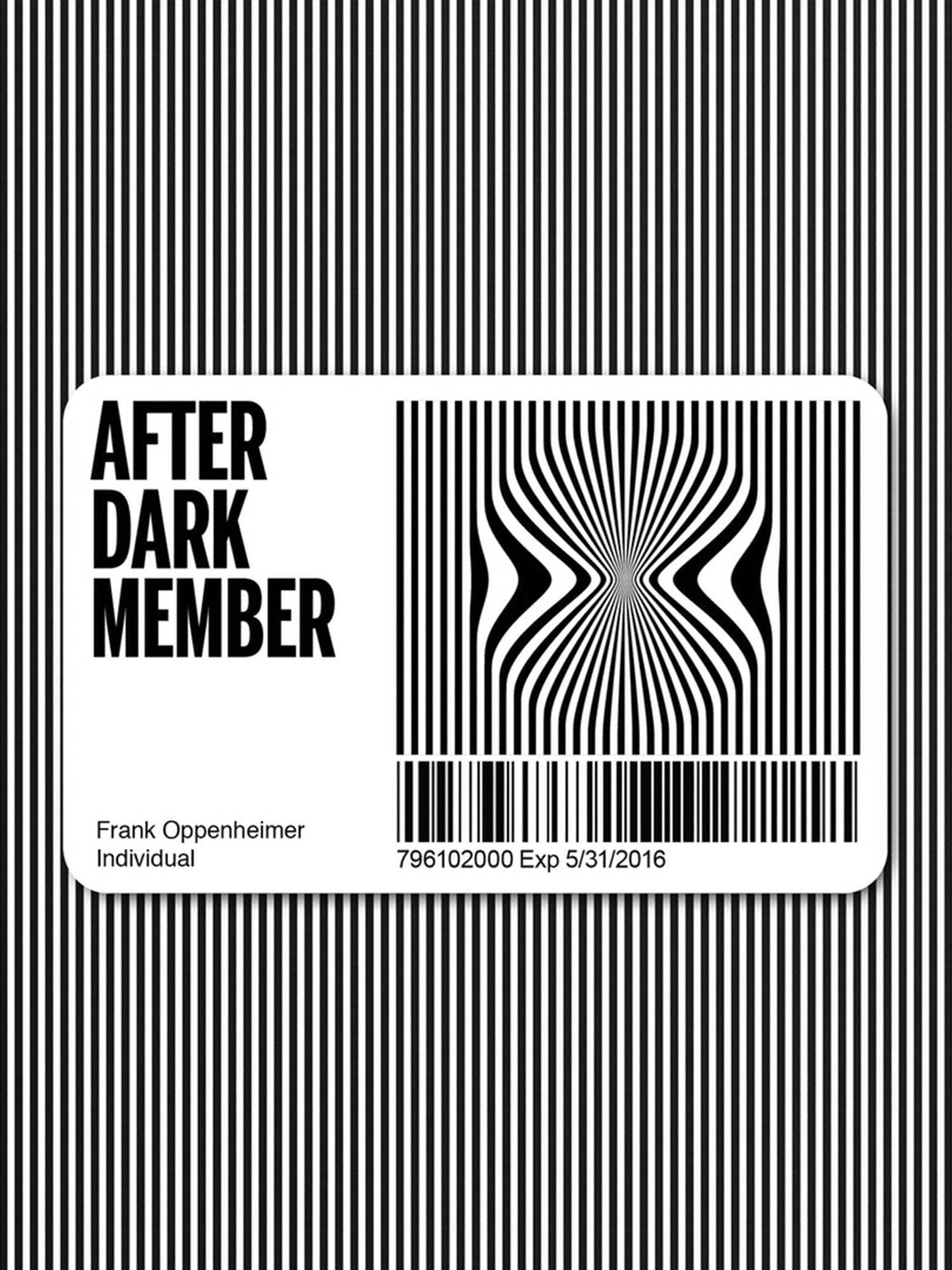
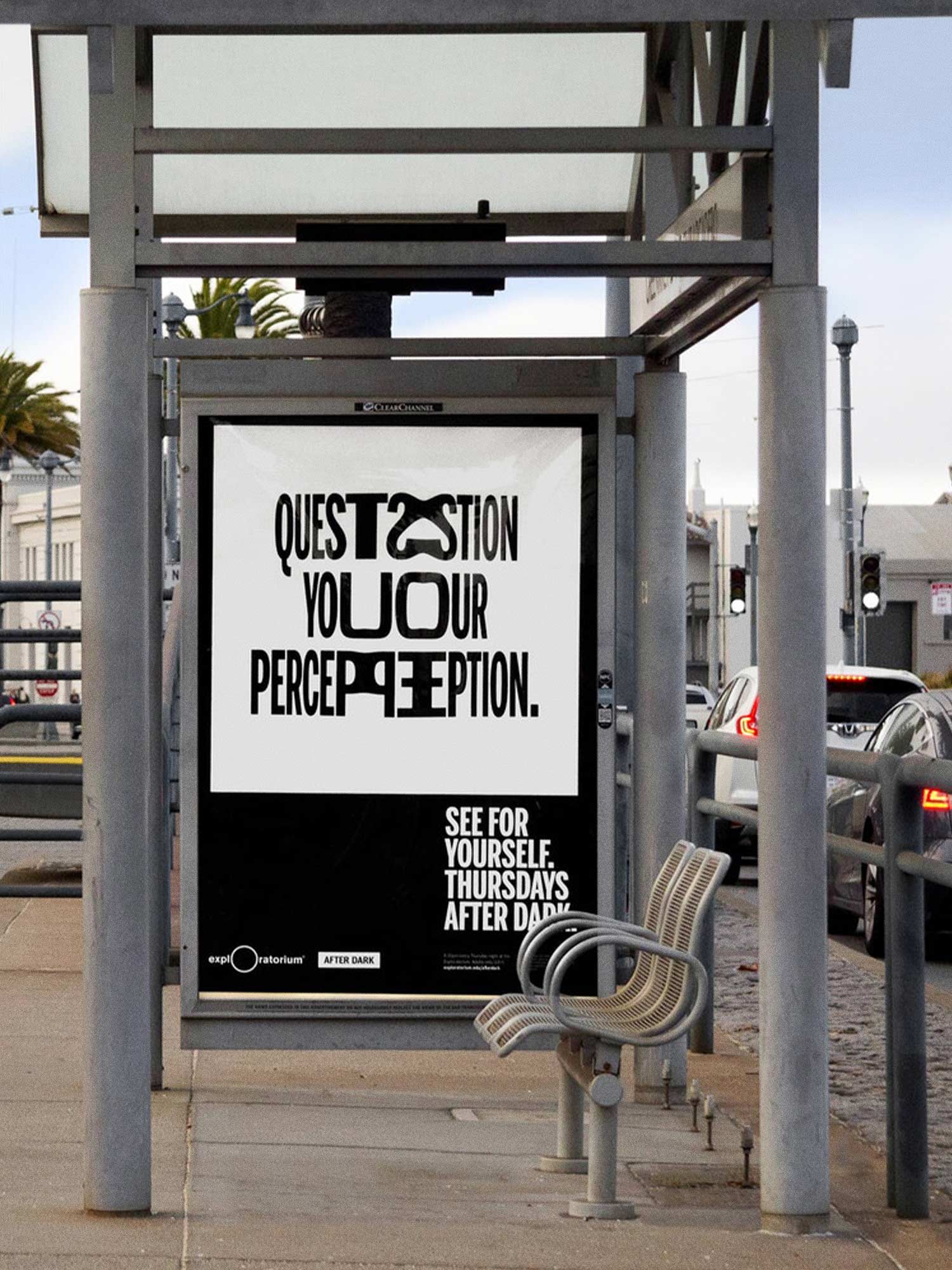
By getting cross-functional teams together and designing a visual system that felt truly authentic to the Exploratorium and audiences alike, as Frank Oppenheimer might say, “Something wonderful happened.” The marketing team was able to be seen as an ally (rather than as an “advertising” arm); able to express the passions and particularities inherent to the organization. Getting the After Dark tone right was a key part to establishing trust as creative partners and had a halo effect for building bridges across organizational teams.
With the success of After Dark, marketing now had a fighting chance to be a more viable and effective tool, and the organization was primed for change.
More than a Museum
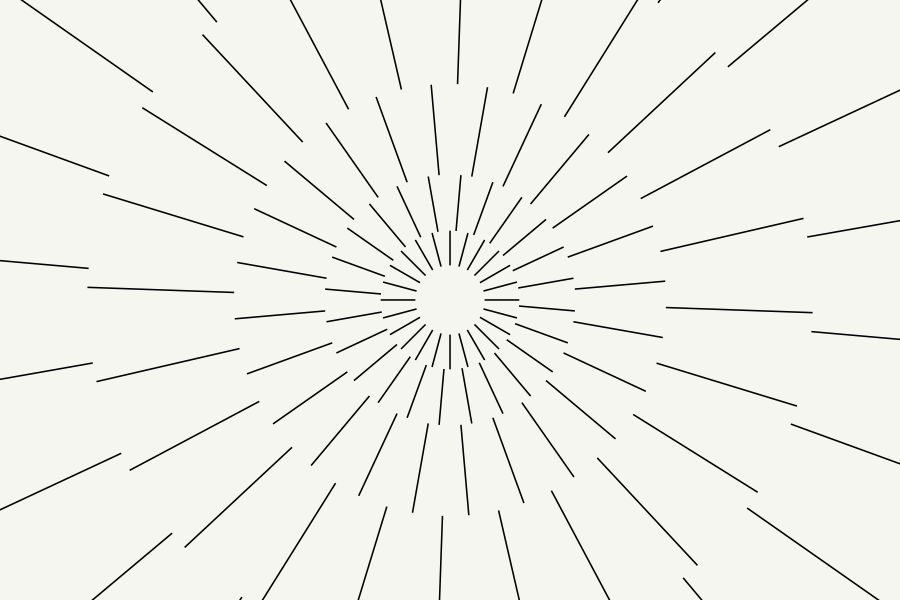
To kick off its 50th anniversary, the Exploratorium began a more monumental undertaking: shaping the next 50 years of the organization’s future. The starting point? The story it told itself.
Brand strategy is storytelling—what story are you telling the world and what are people saying about you?
While the organization’s mission and vision remained true, its story had become diluted and narrow. By referring to itself as a museum, people struggled to see it as anything other than a place to visit. This limited how the organization was perceived and also undermined their impact as global thought-leaders and partners to educators, institutions, and cities around the world.
The Exploratorium’s education programs have not only led the field of science education, they’ve transformed it. Through teacher and teacher-leader training programs, online experiences designed for scientific phenomena to be experienced in the classroom, and expertise on incorporating the Next Generation Science Standards, the Exploratorium acts as a resource for teachers, educators, and policy-makers interested in developing confidence and increasing science literacy.
“Looking at the educational aspect of the organization helped me to realize that we have so much to offer,” Lara said.
“This is so much bigger than people visiting a physical space.”
Even today, amidst a pandemic when the Exploratorium has temporarily closed its facilities, other employees have used their ingenuity to advance scientific pursuits. In May 2020, a group of five team members—Sam Haynor, exhibit developer, and exhibit engineers Angela Chu, Elisa Ravelo, Gaia Liu, and Peter Taylor—used the Exploratorium workshop to create a face shield prototype that could be used by medical workers, eventually starting their own non-profit, Something Labs. To date, Something Labs has created over 20,000 face shields, as well as many other kinds of PPE for frontline workers.
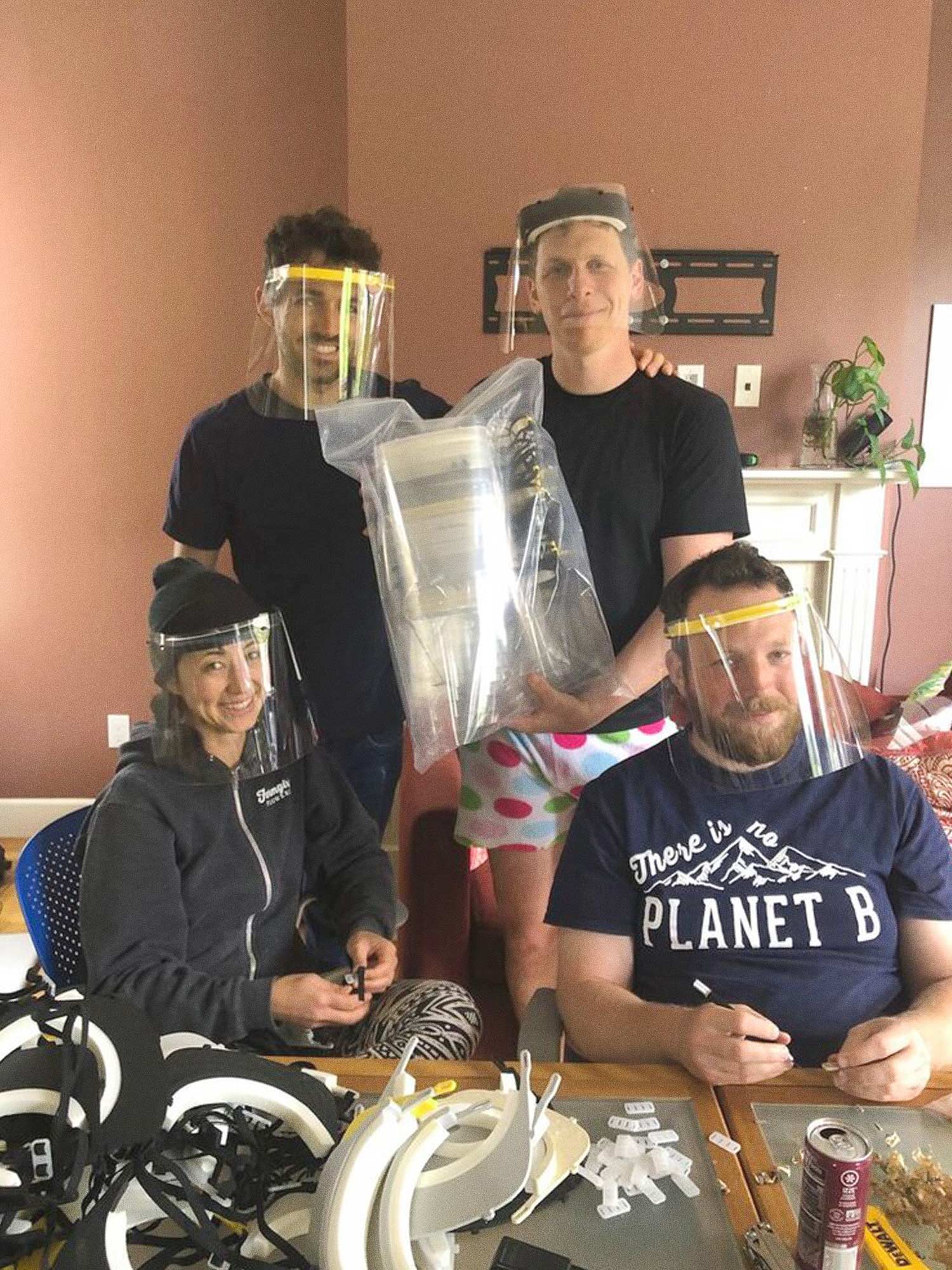
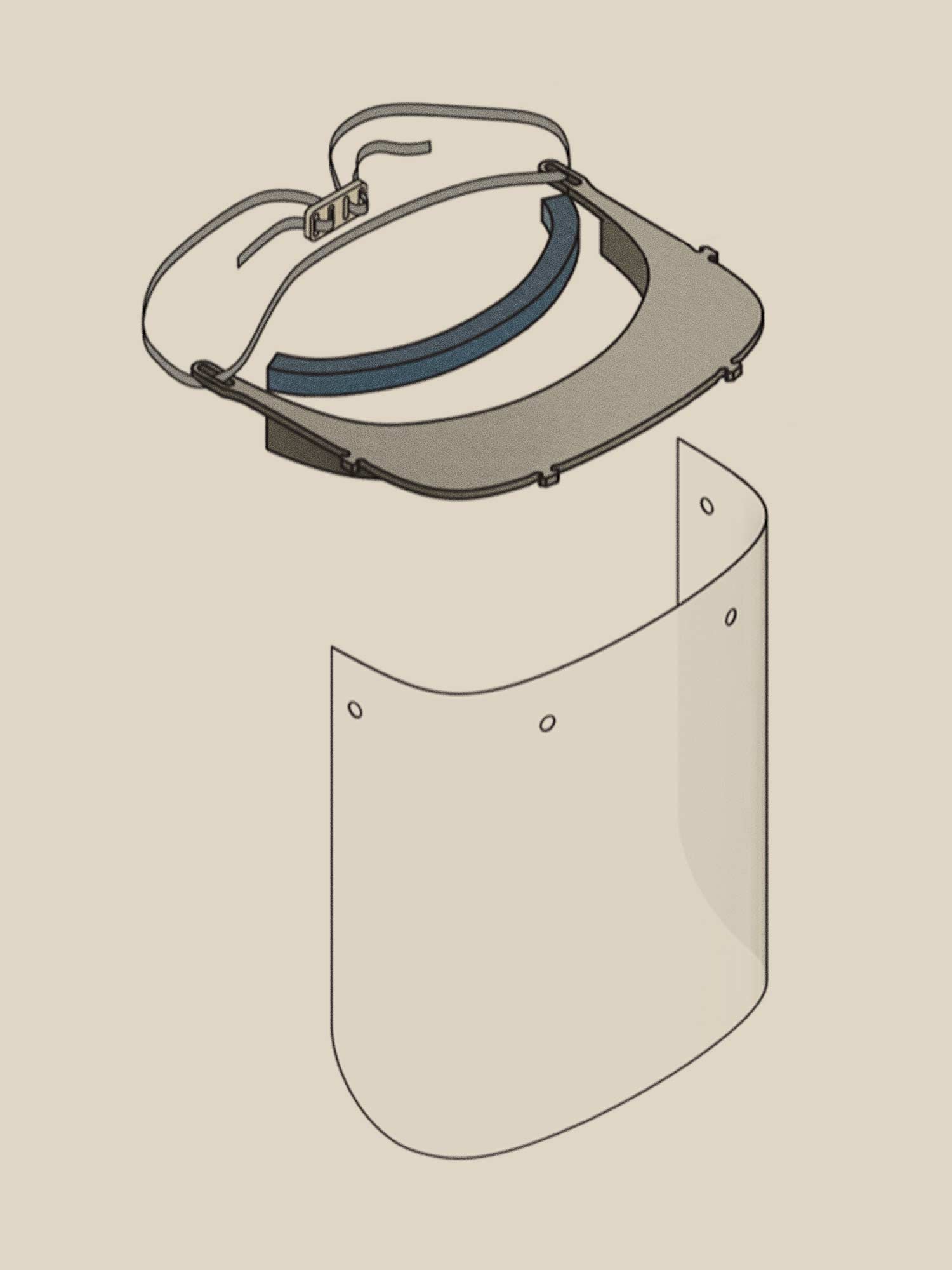
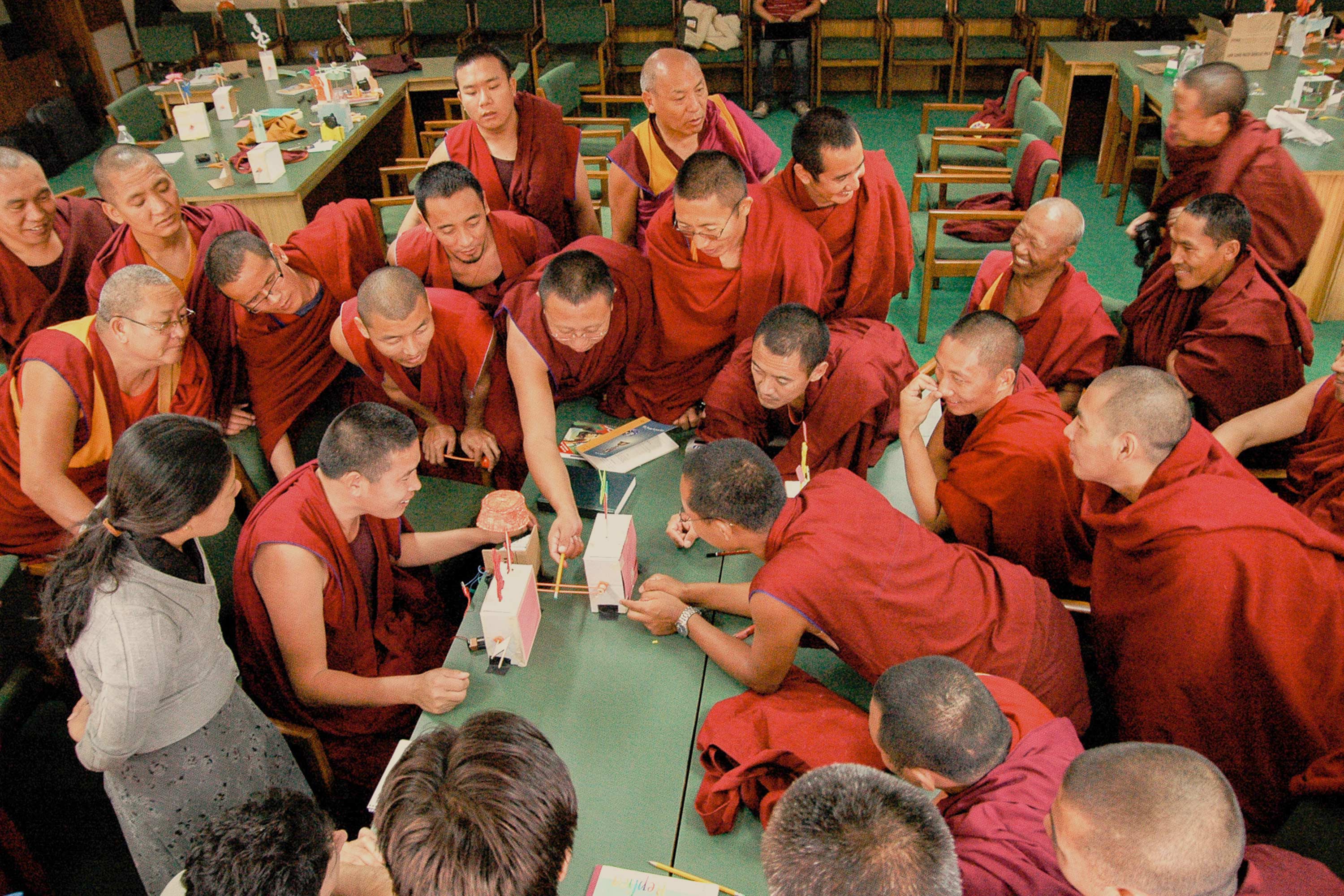
This kind of scientific stewardship and problem-solving—whether for communities, cities, companies, or educators—is one of the key functions of the Exploratorium. And a critical revenue driver too. Long-term financial growth for the institution required, quite simply, that people saw what they were all about.
So over the course of eight months and many interviews and employee surveys, we worked with the Executive Team and Board Members to hone in on the overarching promise of the Exploratorium, aligning the entire organization around a shared story and evolving the brand to support that story in a way that created cohesion across all of its teams and initiatives.
At COLLINS, we believe in world-building and the power of myth as a tool to bring everyone into a conversation. So in working with clients, we’ll draw on archetypes and even “enemies”—forces that an organization pushes up against in the world—as a starting place to bring dimension and nuance in defining a brand strategy.
From Buckminster Fuller, to Willy Wonka, to Yoda, Exploratorium employees quickly surfaced a blend of Sage and Trickster archetypes: guardians of knowledge who ignored the “rules” and tapped into the power of imagination and play to ignite curiosity.
A quick look on Yelp revealed that audiences shared that impression too:
“Retro and wizardry;” “A feast for the mind and the senses!;” “Recommended for anyone who both loves and hates science.”
At the Exploratorium, over 650 interactive exhibits encourage folks to use all of their senses to develop a tangible, physical understanding of scientific phenomena that spark “ah-ha” moments. Learning about gravity, magnetism, cognitive biases, or even how water turns into mist is not done passively. Rather, it’s like passing through a secret portal and immersing oneself in a different universe of ideas.
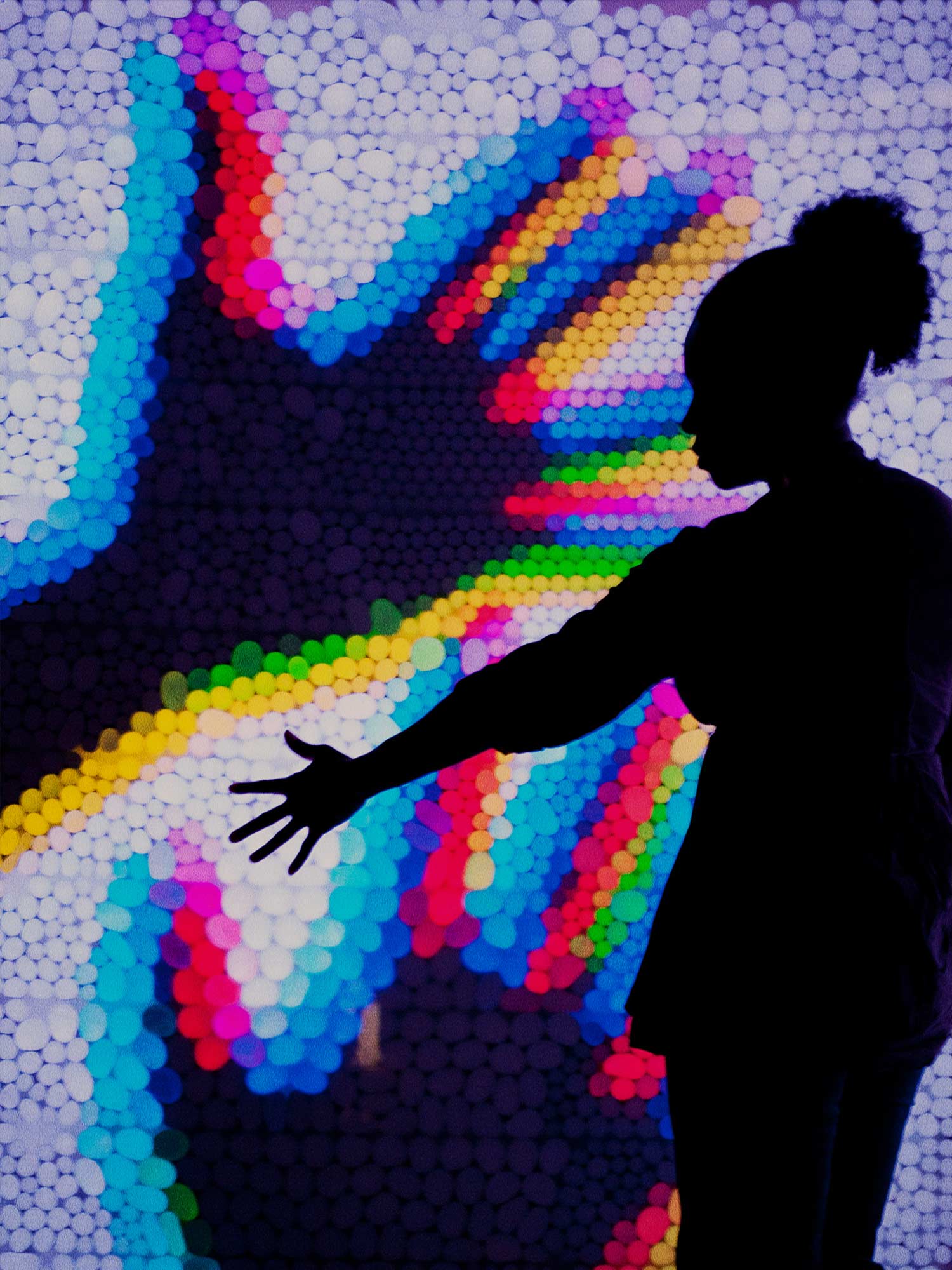
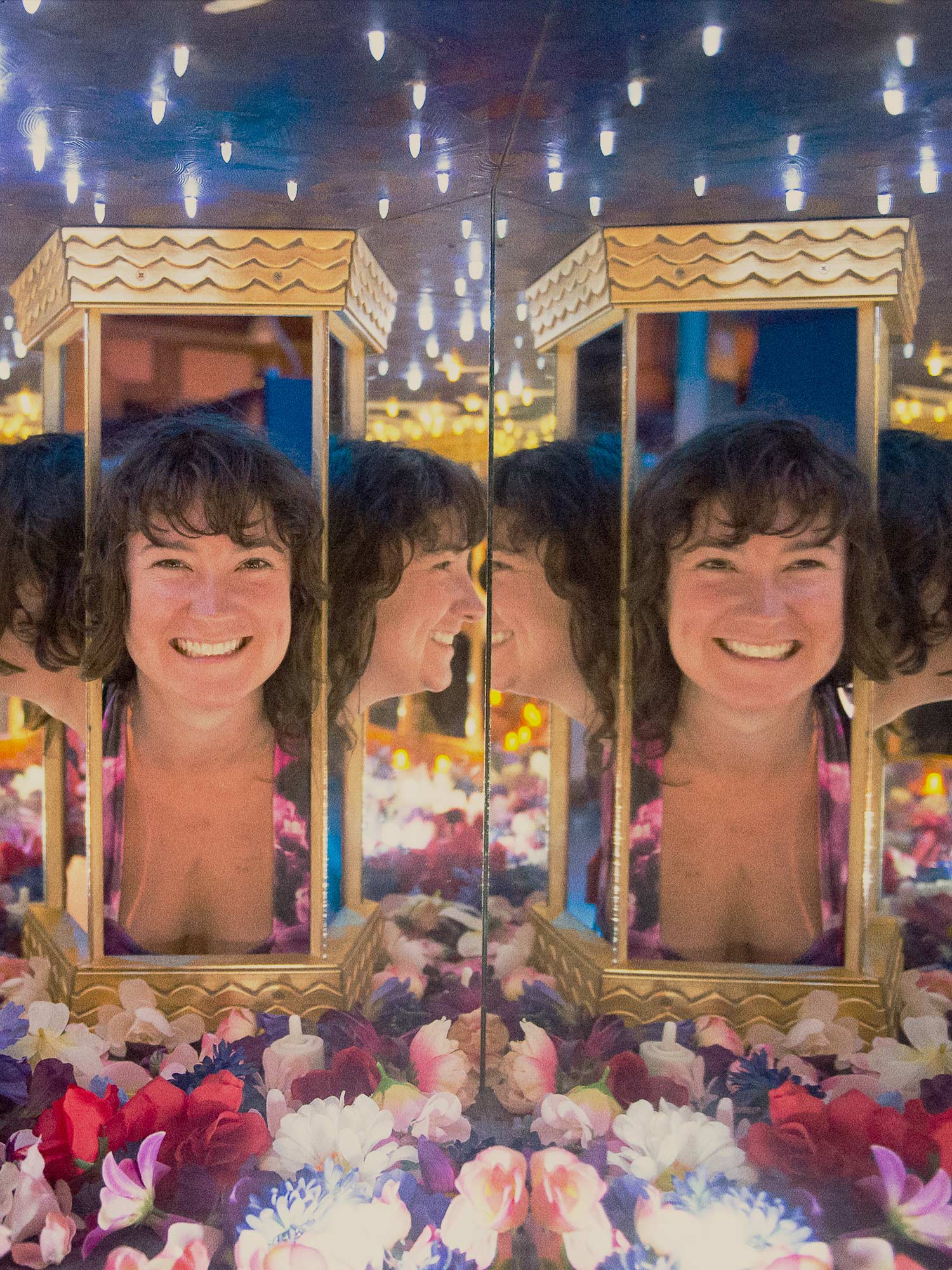
However, talking about your work is always uneasy, especially when you truly have something magical to offer the world. Part of Exploratorium’s language—“a public learning laboratory exploring the world through science, art, and human perception”—hinted at a new possibility to tell a clear story and create a symbol that would carry it afar.
But where words fell short, images did not. One thing everyone in the organization could get behind was their logo. Designed in 1998, it succinctly acts as a visual invitation to take notice. To get curious. To explore.
Here, we saw an opportunity to translate this simple graphic device into a memorable metaphor: the Exploratorium as a portal to the imagination. By transferring affinity for this metaphor to the brand story, we were able to open up the way people understand the organization as something far more wondrous and expansive than a museum alone.
“The Exploratorium is an open portal to the astonishing phenomena that animate our world and shape our actions. We create learning experiences that challenge perception, ignite curiosity, and cultivate the confidence to take brave leaps forward.
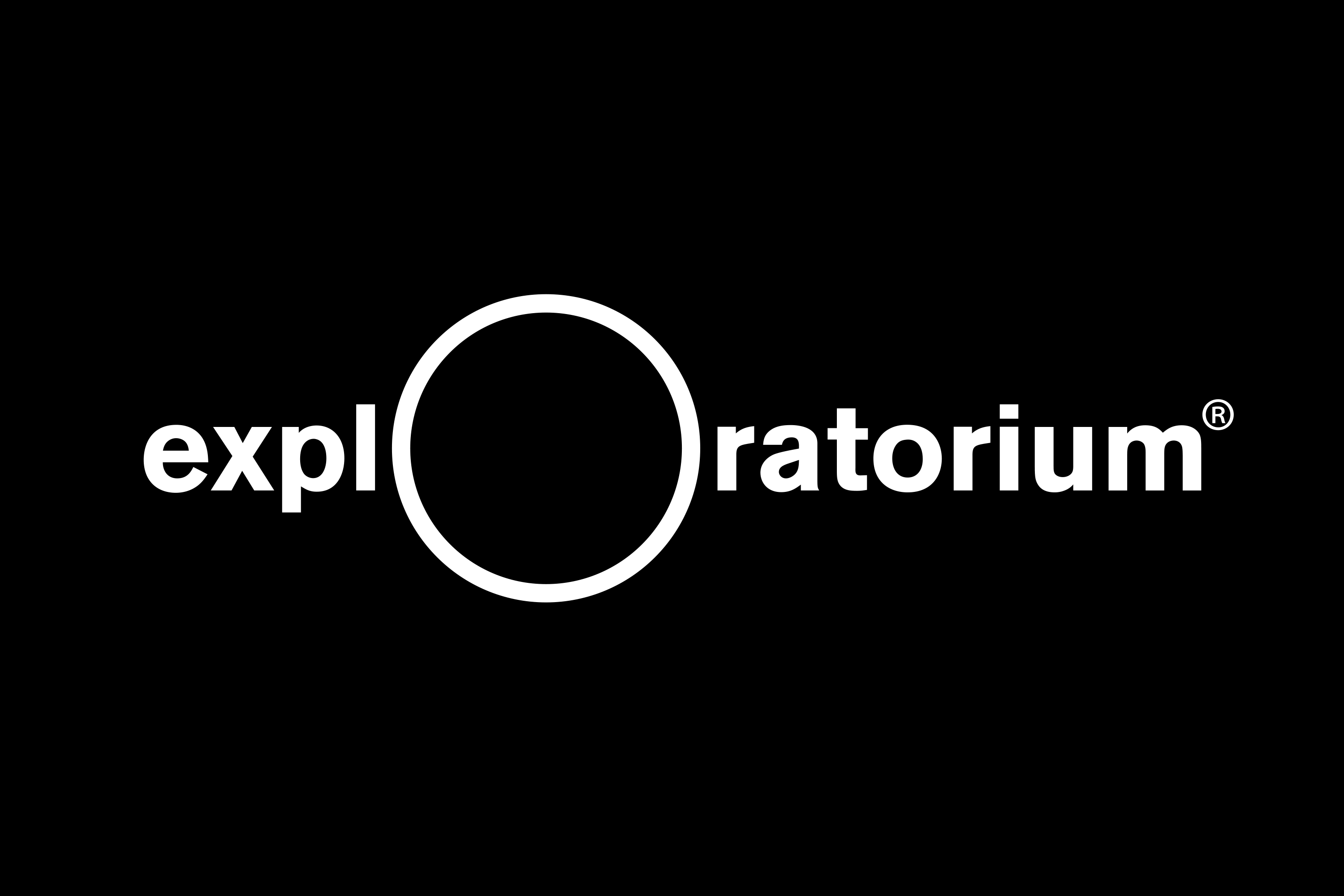
This expansion of “what” the Exploratorium was allowed for its various services—from professional development, to civic build projects to R&D and more— to ladder up to the larger remit: a pathway to achieving its mission. From there we then went to work on the brand architecture, identifying how the institution’s many different offers were structured.
Like many older organizations, legacy programs—and their subsequent identities, necessary or otherwise—had spun up over time, slowly eroding a cohesive expression of the brand. So we helped to clarify who their different audiences were, how they wanted to be perceived by them, and simplified the brand system and symbols from the top. This enabled the organization to transition out one-off names and identities to create a more unified brand expression that laddered up to a single story.
“The marketing is not just about the museum. When the COLLINS strategy work was done, one of the main things was to address everyone we serve—science educators, global collaborators, and visitors to the museum. It started not only graphically but also with a lot of work… positioning the museum differently in the minds of both internal and external audiences,” Julie said.
Design is What We Make Possible for Others
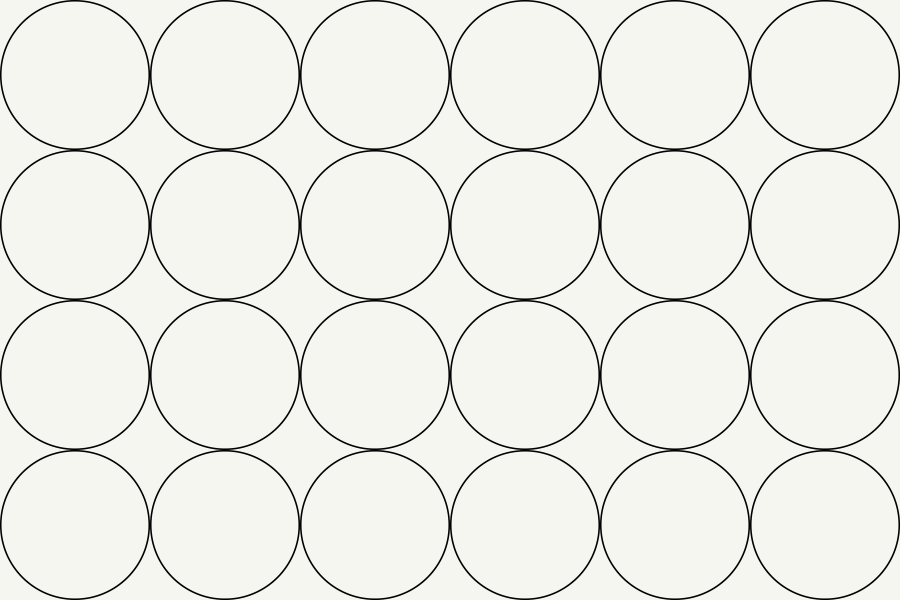
The final step involved reinterpreting this story into a flexible visual language. The solution, like most good brands, was simple and authentic. Building from their beloved logo and our updated brand strategy, we created a whole new secondary visual language.
The classic expanding ‘O’ became The Portal. An iconic, recognisable, and most importantly, (already) meaningful silhouette. But now, also, a vessel for experimentation, exploration, and revelation. A dynamic identity that taps into The Exploratorium’s own perpetual search for what else.
To ensure that we set up the Exploratorium for success, we then created brand guidelines to help teams feel confident using the new design system and run with it.
If strategy is the bullseye, design is the bow and arrow. Like any tool, it’s effectiveness is as much a function of the hands that wield it as well as the quality of the tool itself. That’s why when we build a visual system it’s imperative to take into account both strengths and constraints of in-house creative teams, organizational processes, and even marketing budgets.
With the Exploratorium, we were inspired by a few factors unique to them:
-
Their small but mighty team.
Given that the Exploratorium is a non-profit, we understood that there are real limits on its creative resourcing. To accommodate this, we built a system that paired basic shapes with a rigid, replicable grid system. This meant that foundational elements of any design could be executed quickly so that teams could put their energy, instead, on big ideas. -
Their incredible image-making skills.
This translated directly into a rich, immersive photo style that spotlighted their ability to reveal the mysterious forces in the world around us. -
Their educational orientation.
With writing and design teams sitting side-by-side, we knew that their organizational structure enabled teams to easily pair simple graphics with simple language to create powerful ideas. Allowing every interaction to surface a surprising scientific fact. -
Their ethos of experimentation.
Both as a creative mind-set and as a way-of-knowing. This inspired us to develop a system that could act as a platform for constant iteration and reinterpretation.
To ensure that we set up the Exploratorium for success, we then created brand guidelines to help teams feel confident using the new design system and run with it.
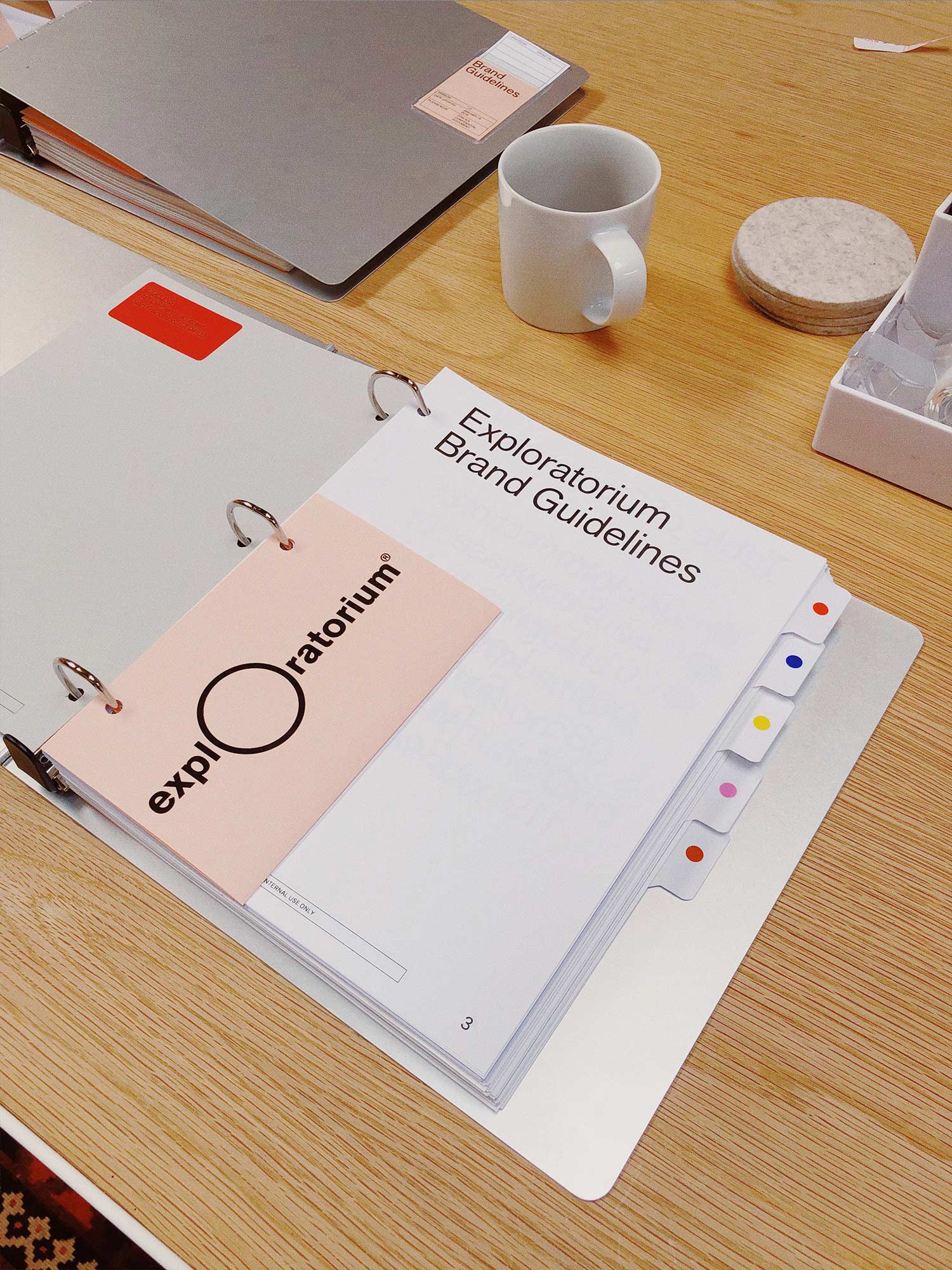
“This system helped us create discipline—sub-brands with their own design approach stopped popping up and we were able to strengthen the focus on the master brand,” Julie said.
“Projects are going smoother,” Lara said. “There’s less feedback from stakeholders. There are fewer rounds of revisions. Now we’re talking about the real content of the work, instead of the typography for the little details, because that’s already been sorted out.”
“Design is not what we do, design is what we make possible for others.”
If a design system creates more autonomy for individual teams and fuels creativity by having everyone on the same page, how does it affect leaders?
“It used to be that marketing was making the decisions, then dropping it off to museum experience/exhibition design teams to execute. But now we’re all in the room together. My team gets to inform what our agency should be delivering, whereas before that didn’t happen. We’re all now solving complex problems, not just delivering something that looks pretty,” Lara said.
“We get involved with the big campaigns at some point. But it’s more about setting it up for success and with a process that is not negotiable. It’s a process that we all buy into and it’s based on trust and it’s based on very clear decision-making lines,” Julie said. “I make sure when the agency work is delivered to internal creative stakeholders (web, graphics and editorial). I give them space to work with the system. My job is to make sure the essence and the integrity of the campaign remains intact.”
Story as Change Agent
When an organization changes, we immediately notice the external elements like colors, typography, or a logo. But for all of those elements to effect real change, it has to be supported by a story.
We didn’t reinvent the Exploratorium’s story—we merely amplified it by looking at all they’ve done and want to do.
Story is the soil in which new opportunities come to fruition. It opened the team’s vision for how they view their work and the impact it makes globally. It gave the leaders a sense of new possibilities. It got everyone on the same page, and in turn, improved the quality of work, the style of leadership, a newfound love for design, and charted a future where science is sorely needed.
If you find yourself on a sunny Pier 15 in San Francisco sometime in the future, look for the portal. Step in. Open your eyes, heart, and mind. You’ll be transported to a different universe.
Best of all, you’ll learn so much along the way.
Paul Jun is the Editorial Director of COLLINS, leading a new endeavor in sharing ideas on design and creativity.
Karin Soukup is the Managing Partner of COLLINS SF.
Artwork by Michael Taylor and Mackenzie Pringle, COLLINS
Want to see more projects? Here are our case studies with our friends at the Exploratorium: After Dark, Inflatable, and Self, Made.
